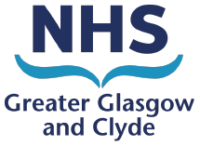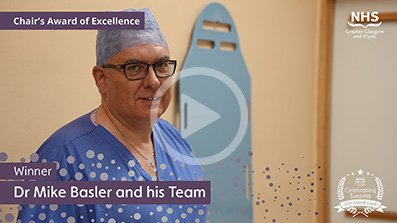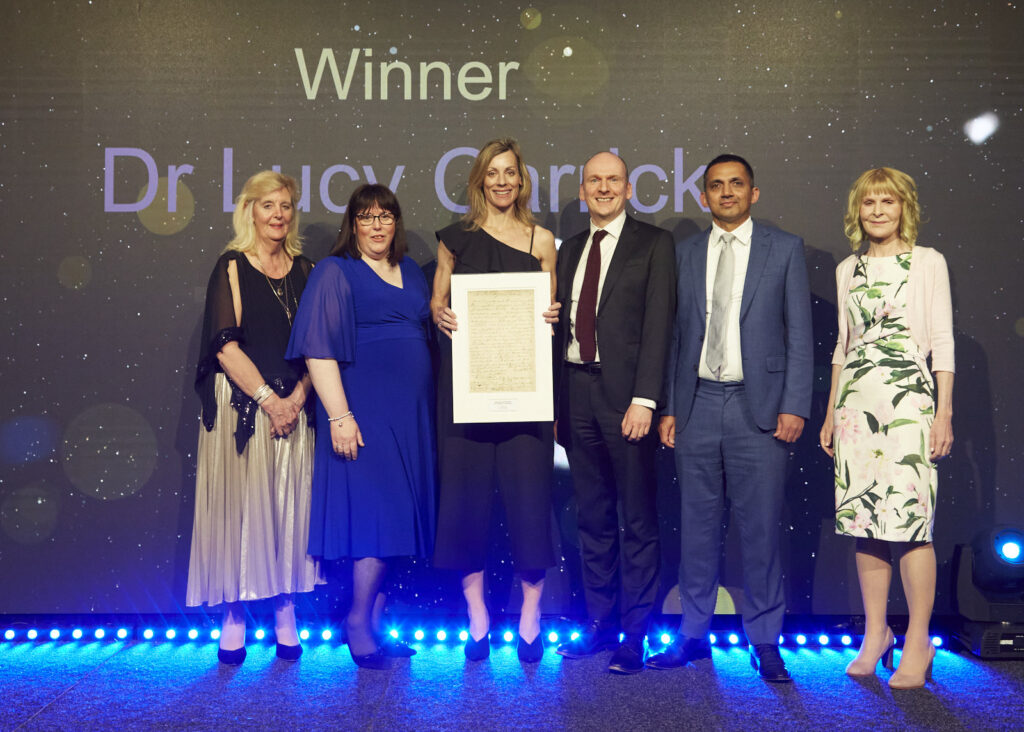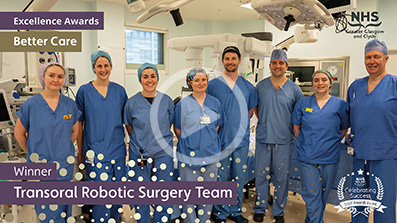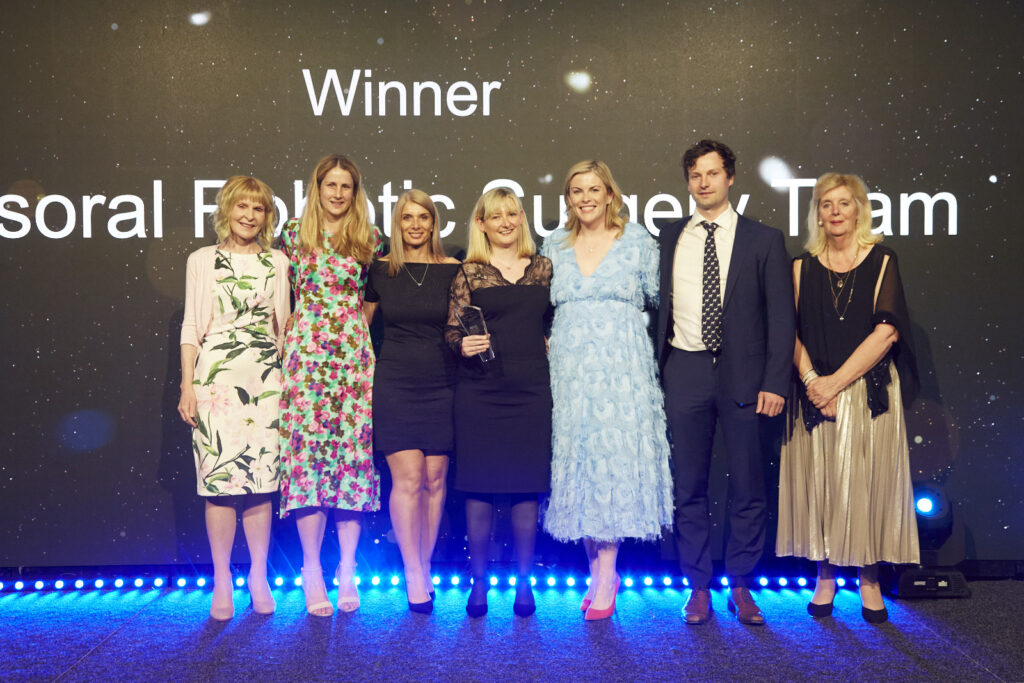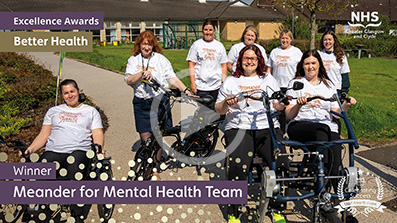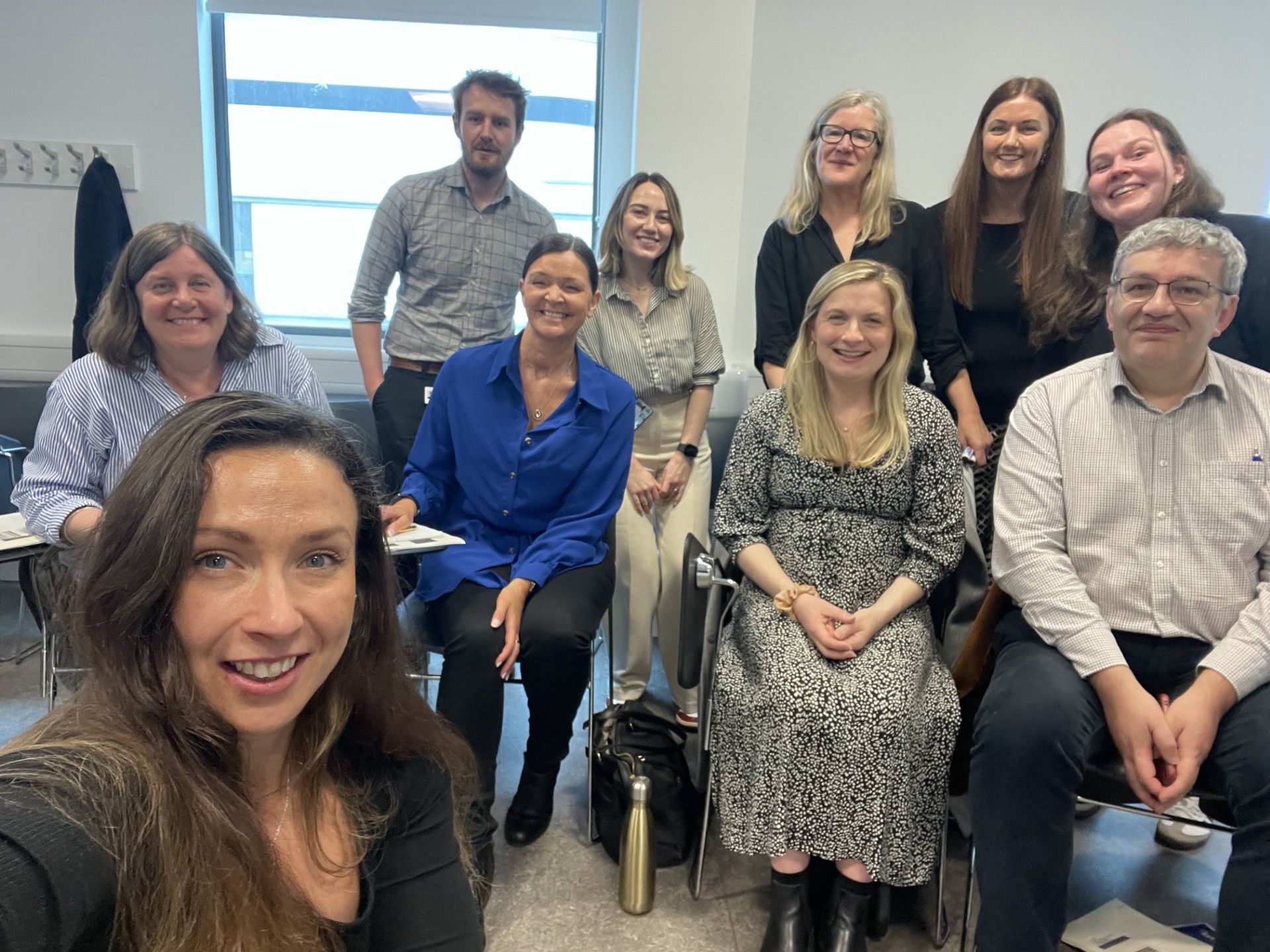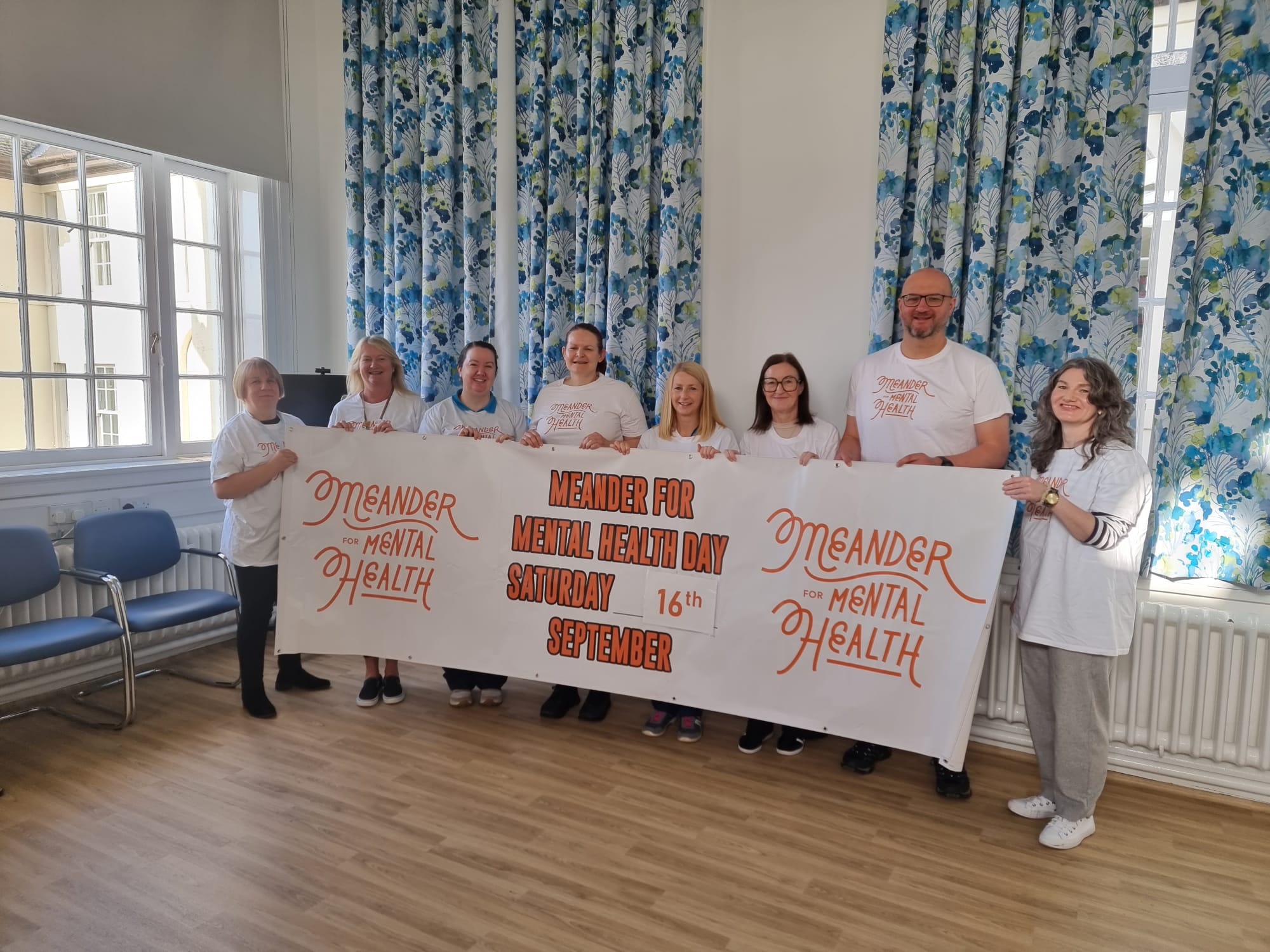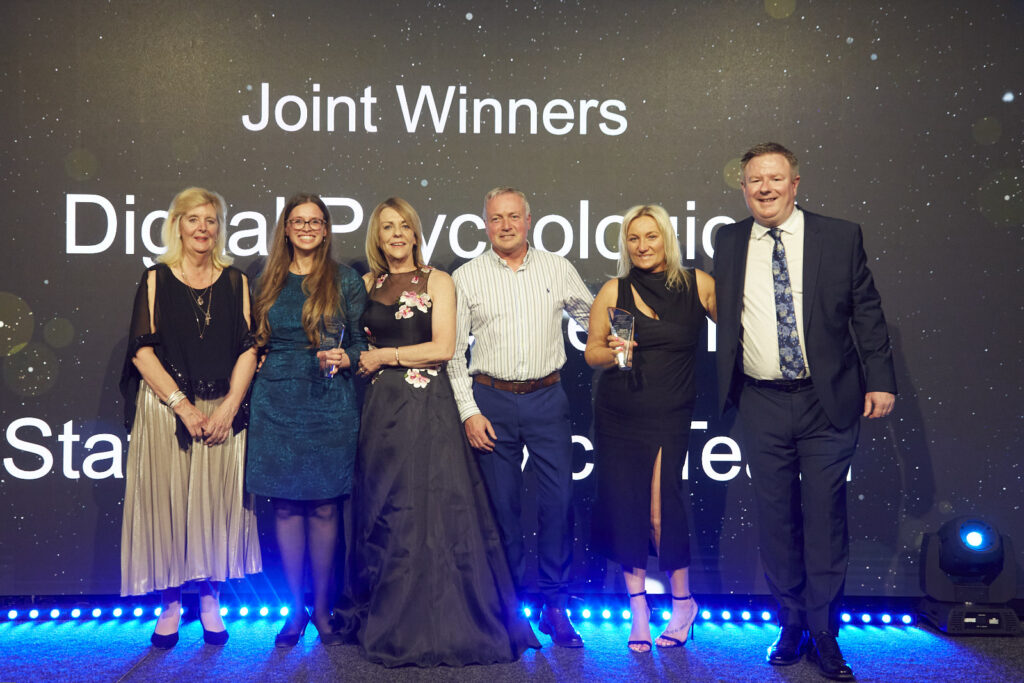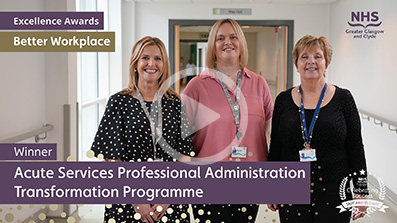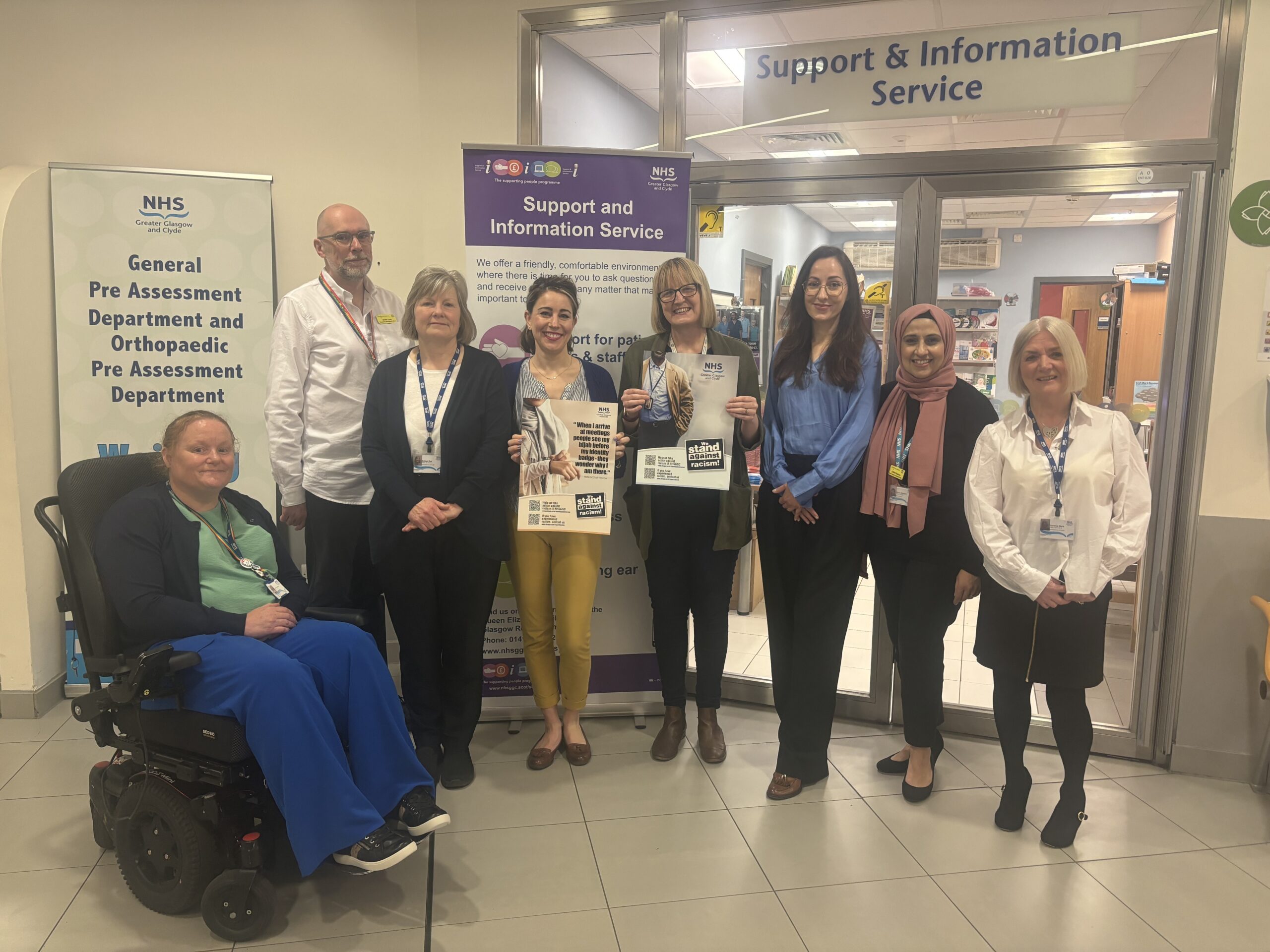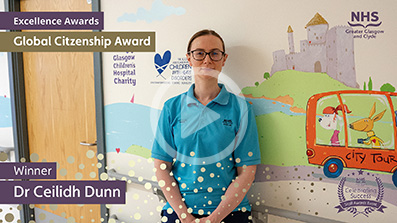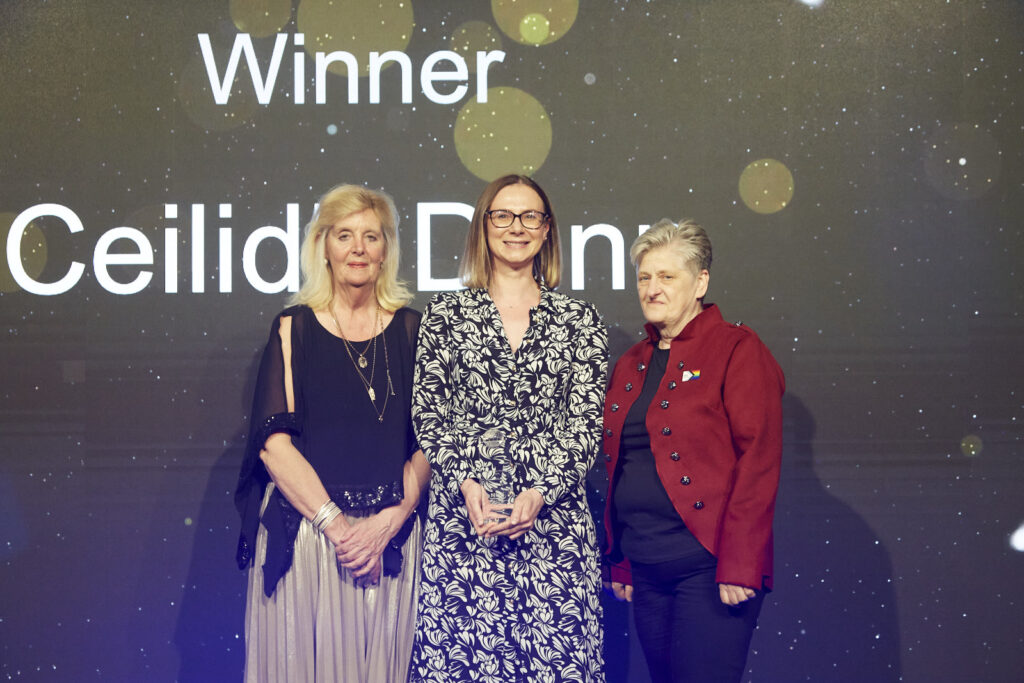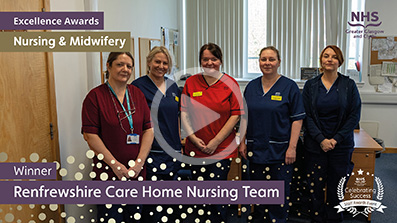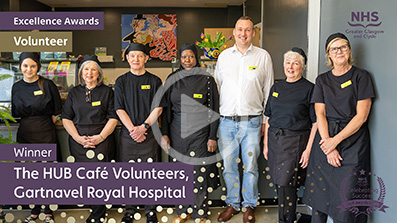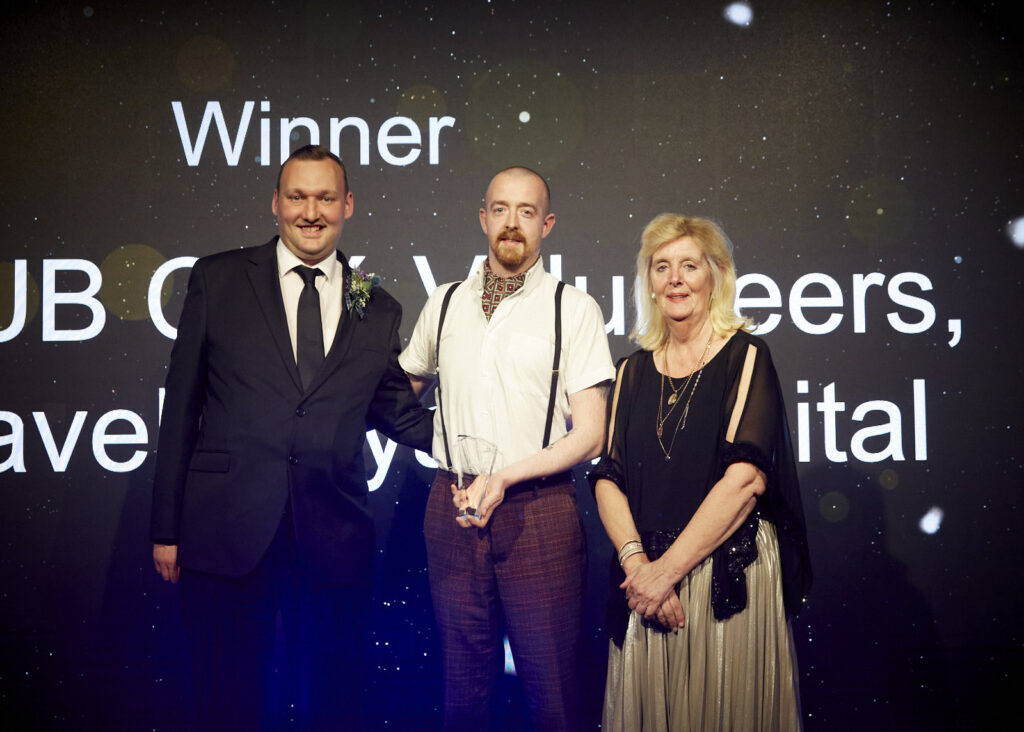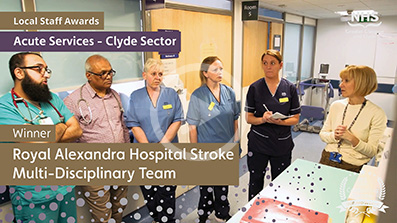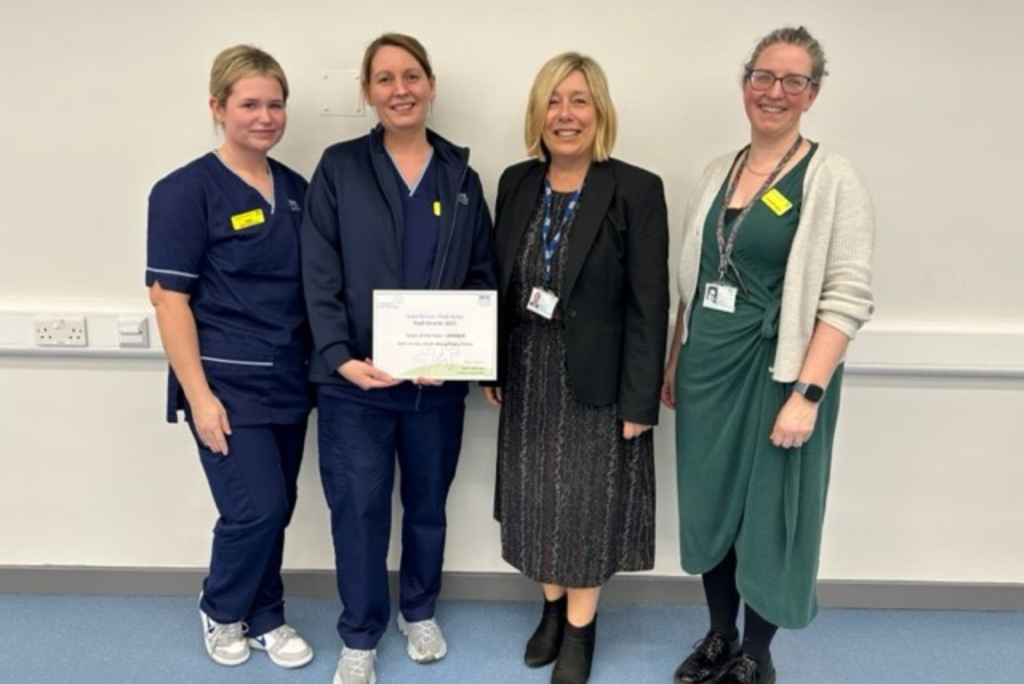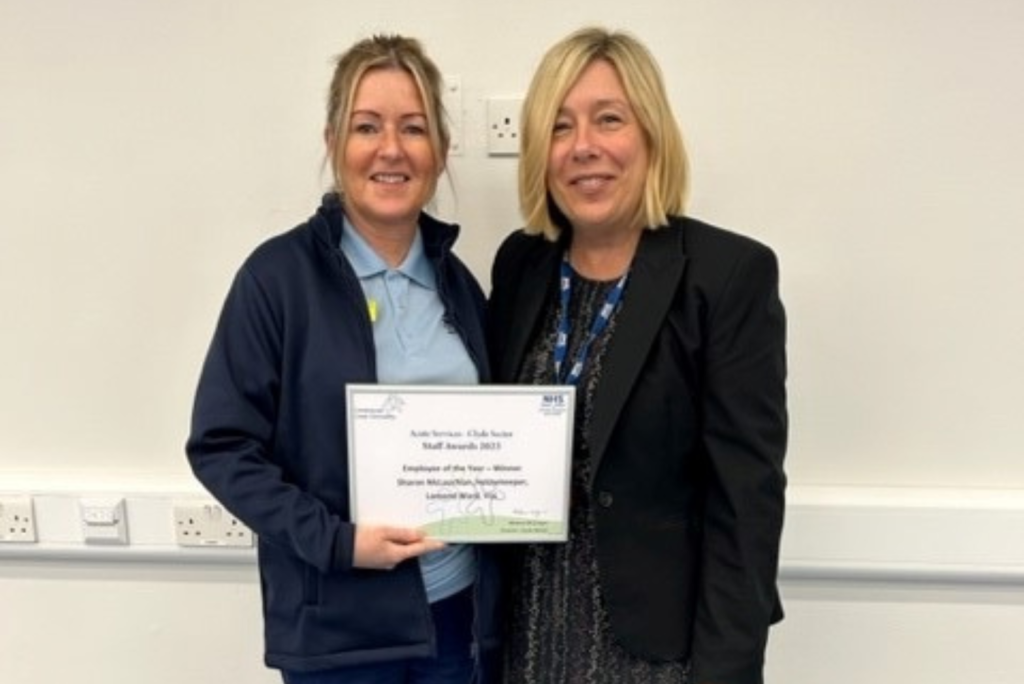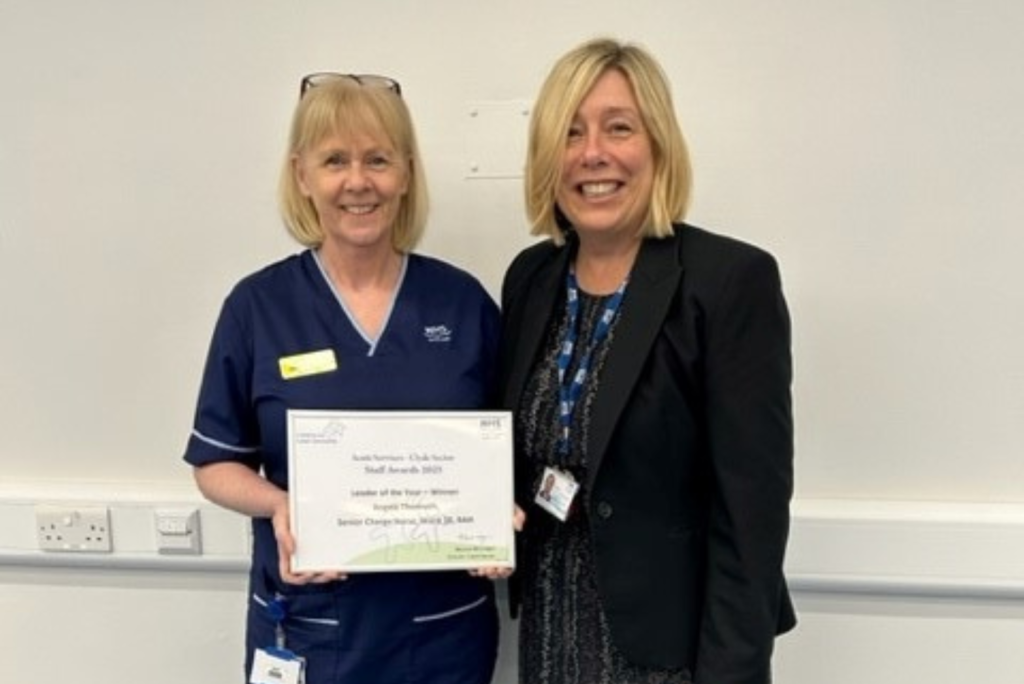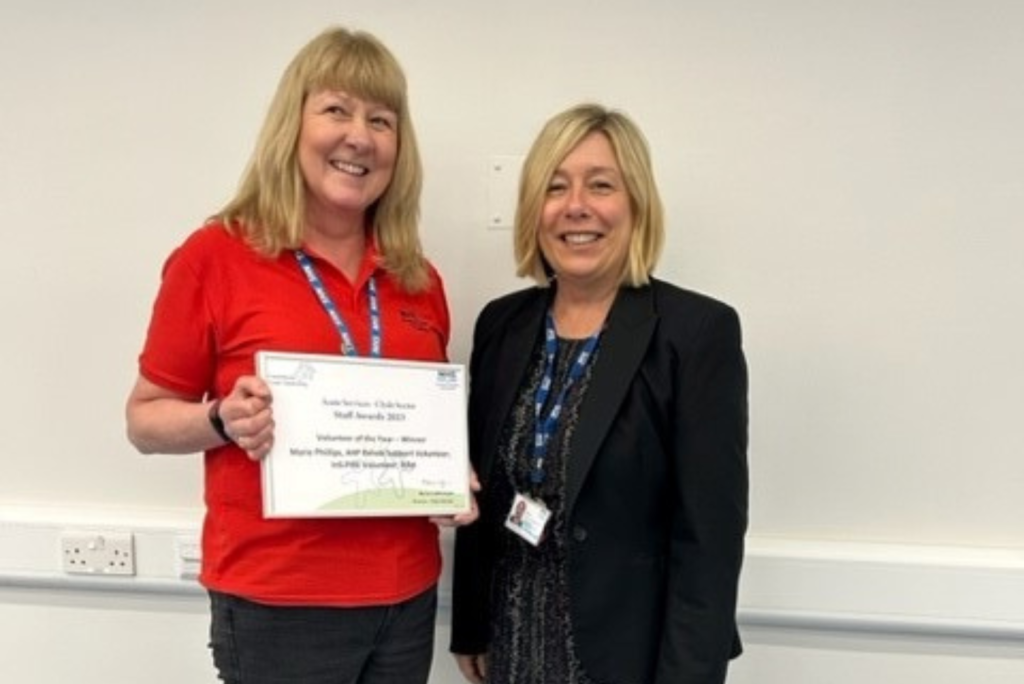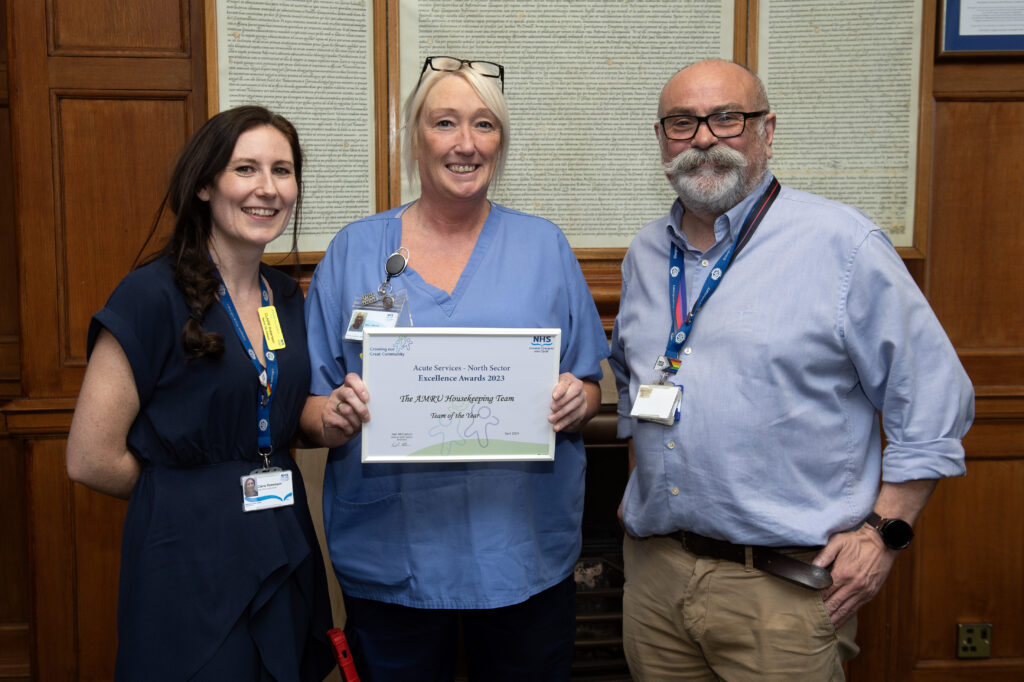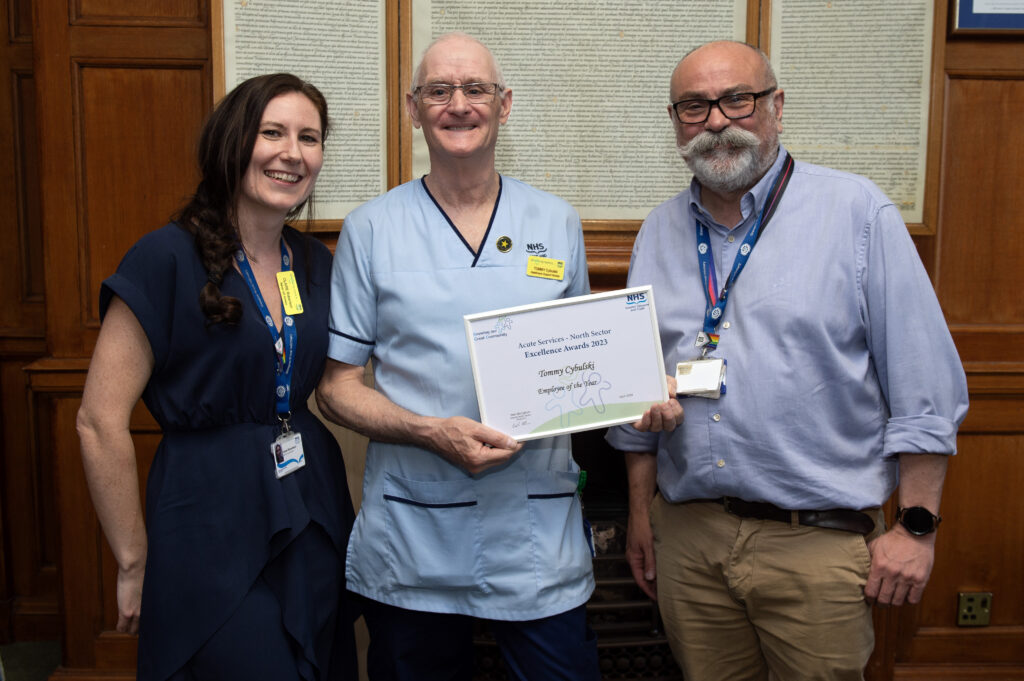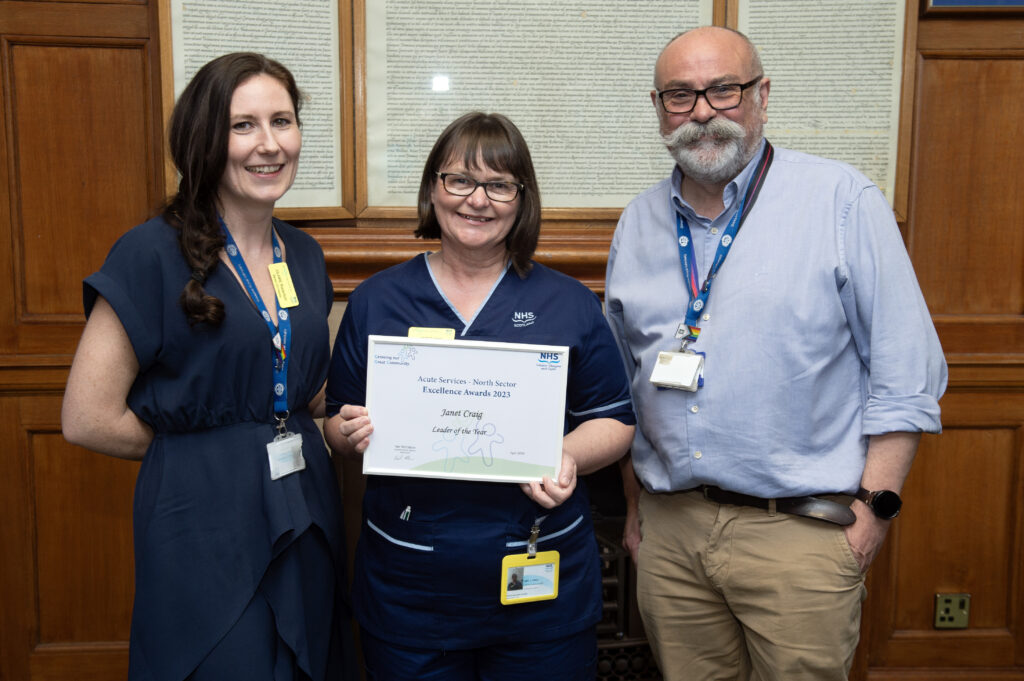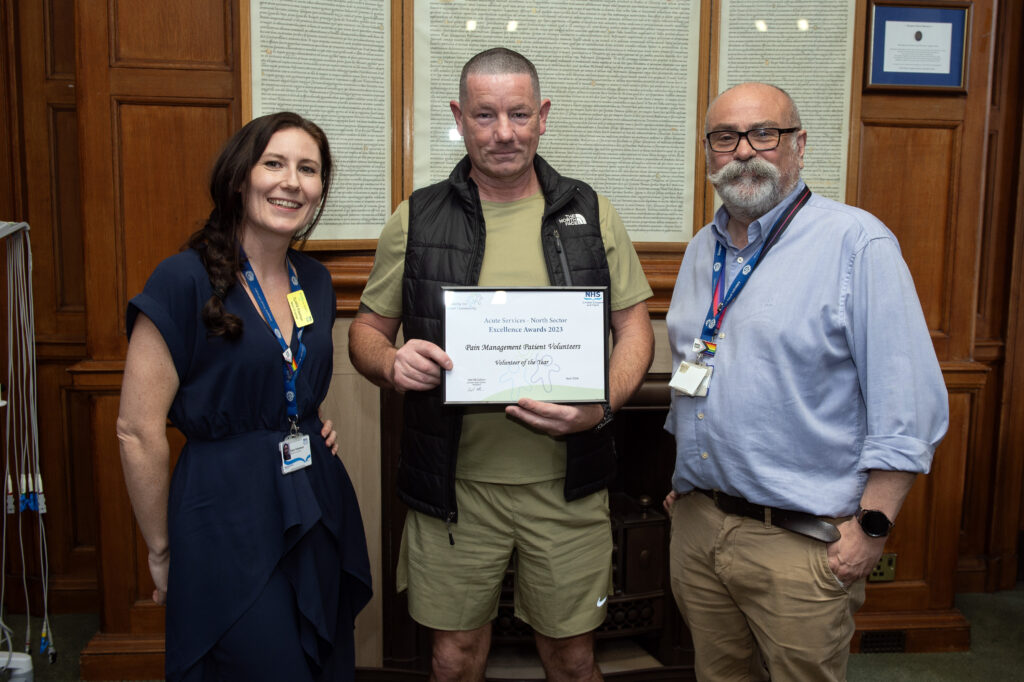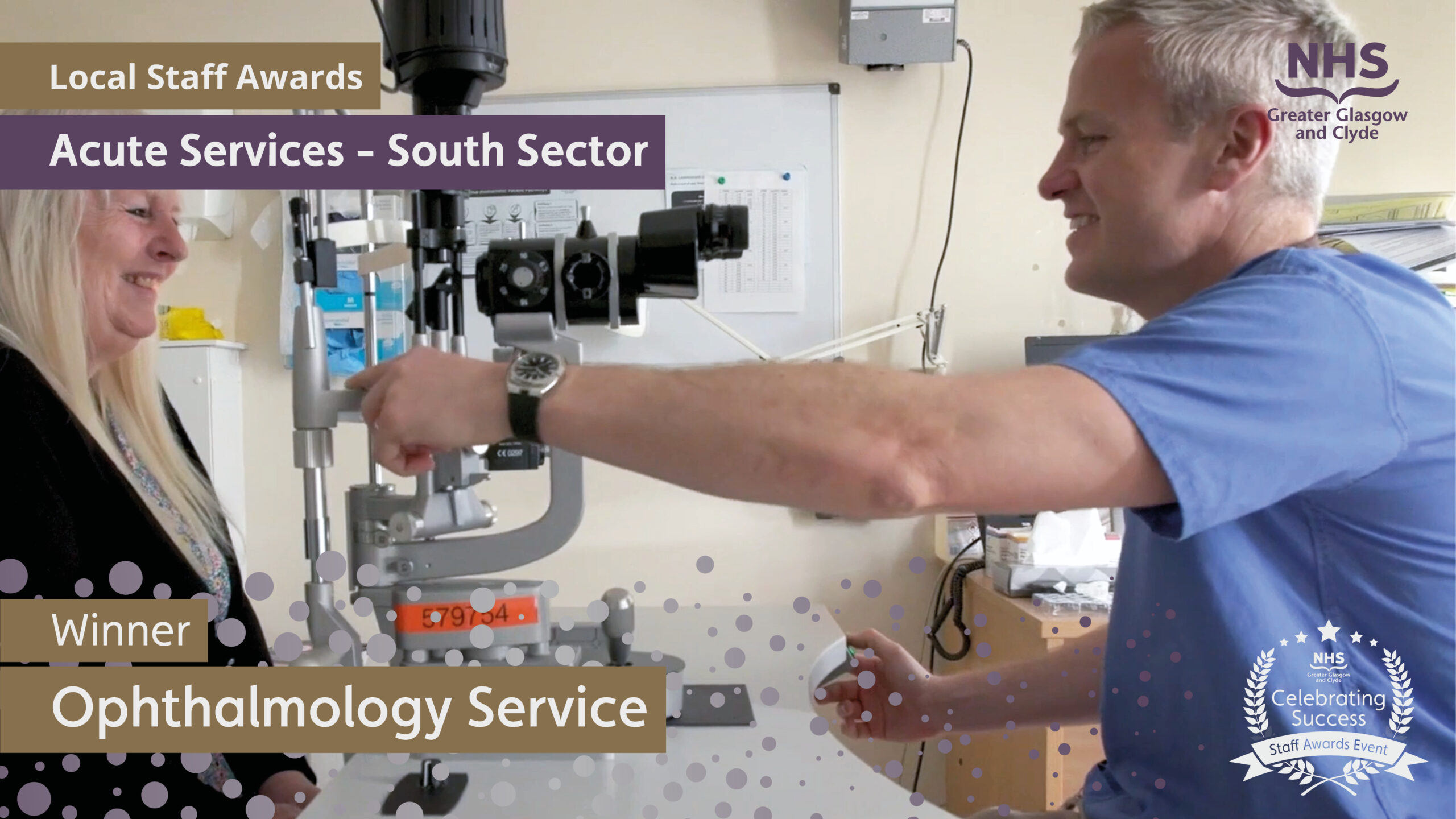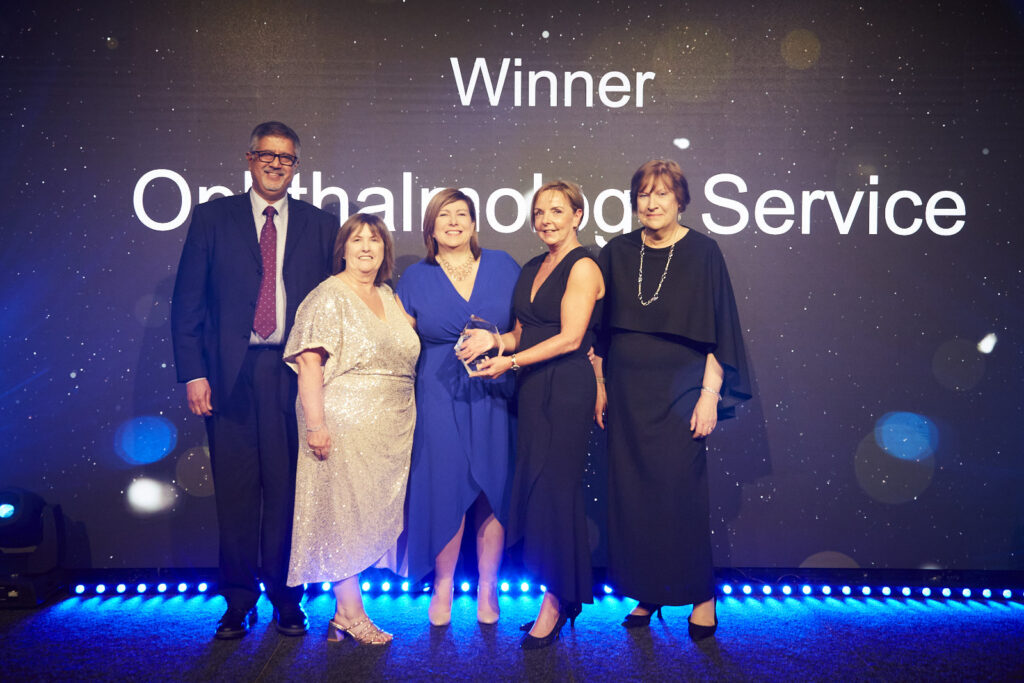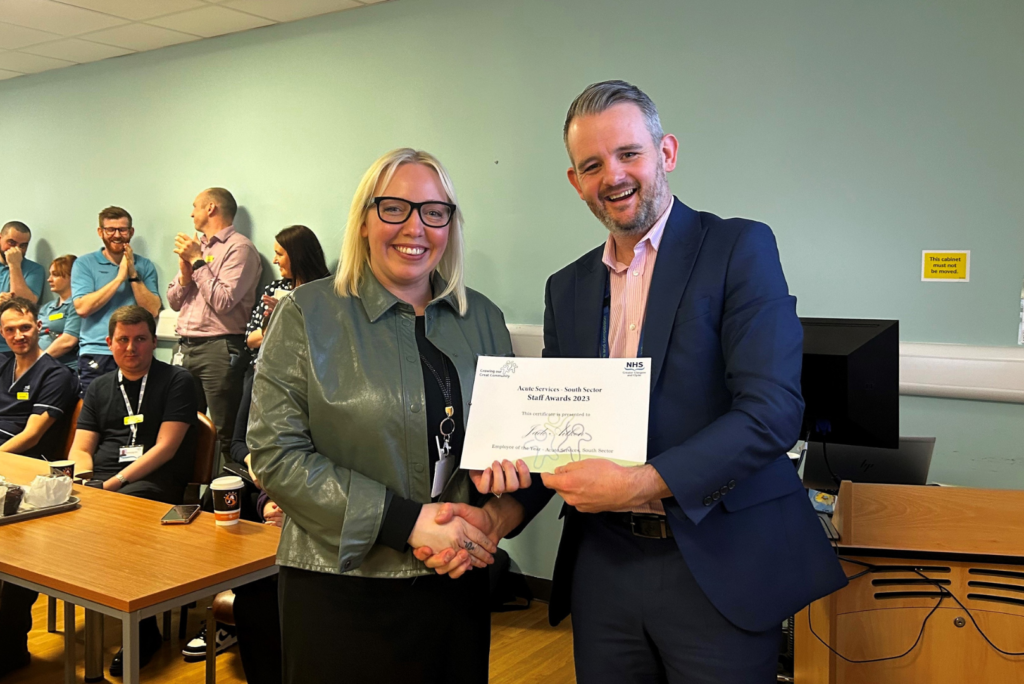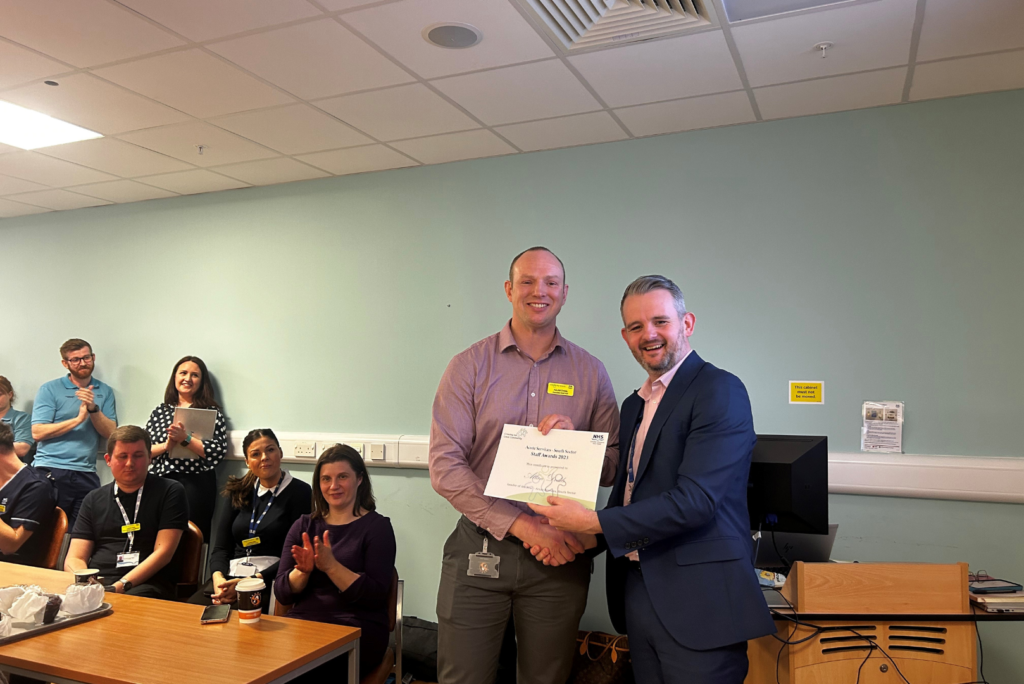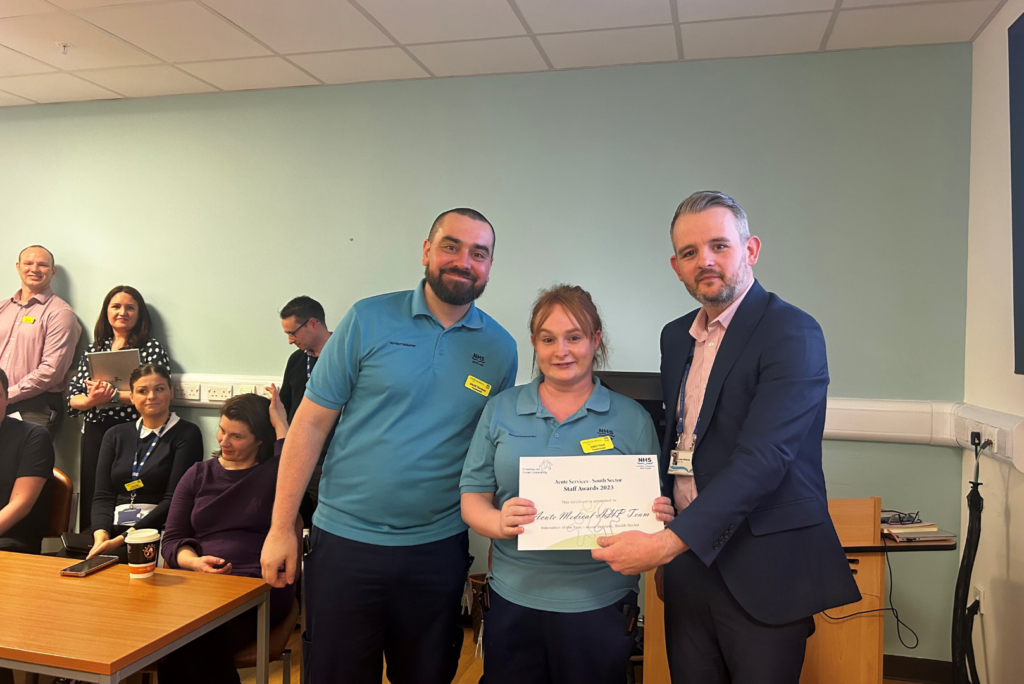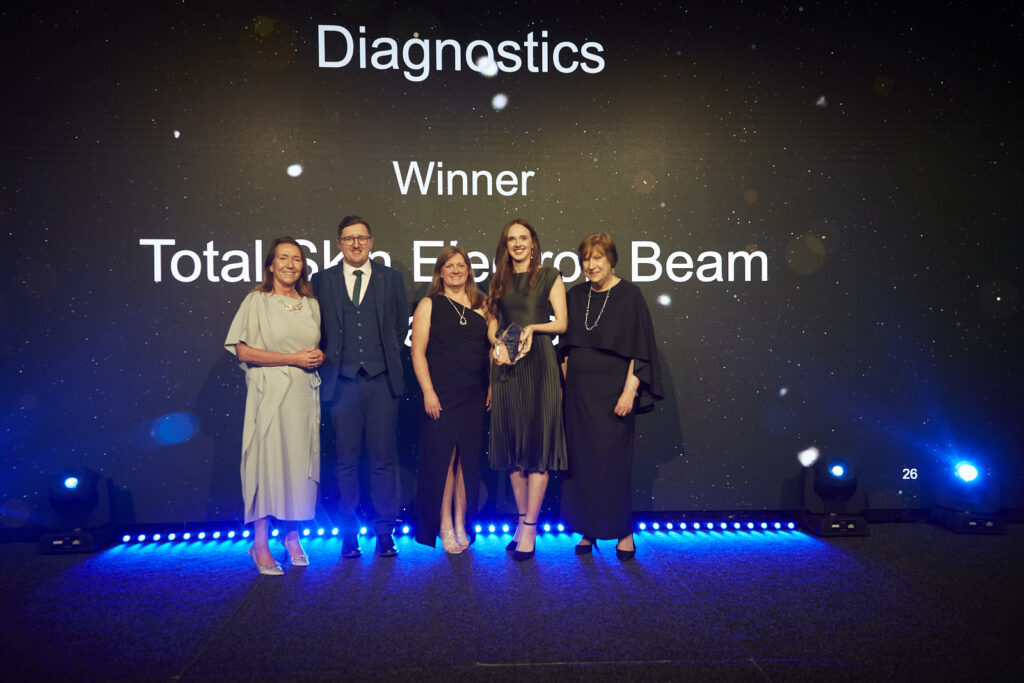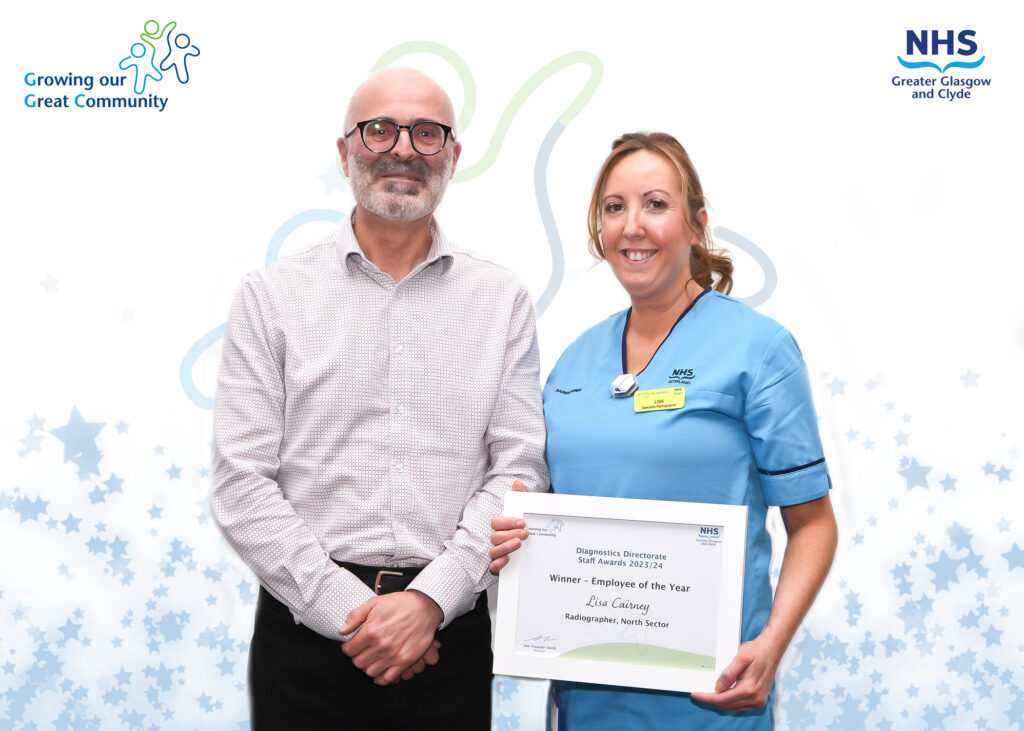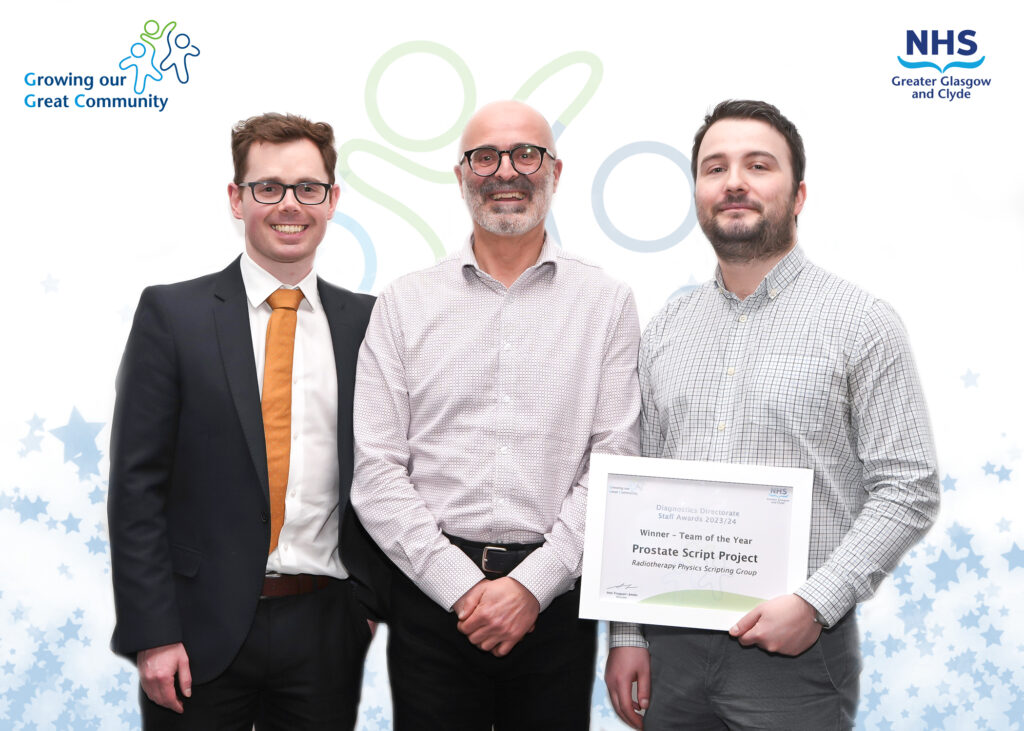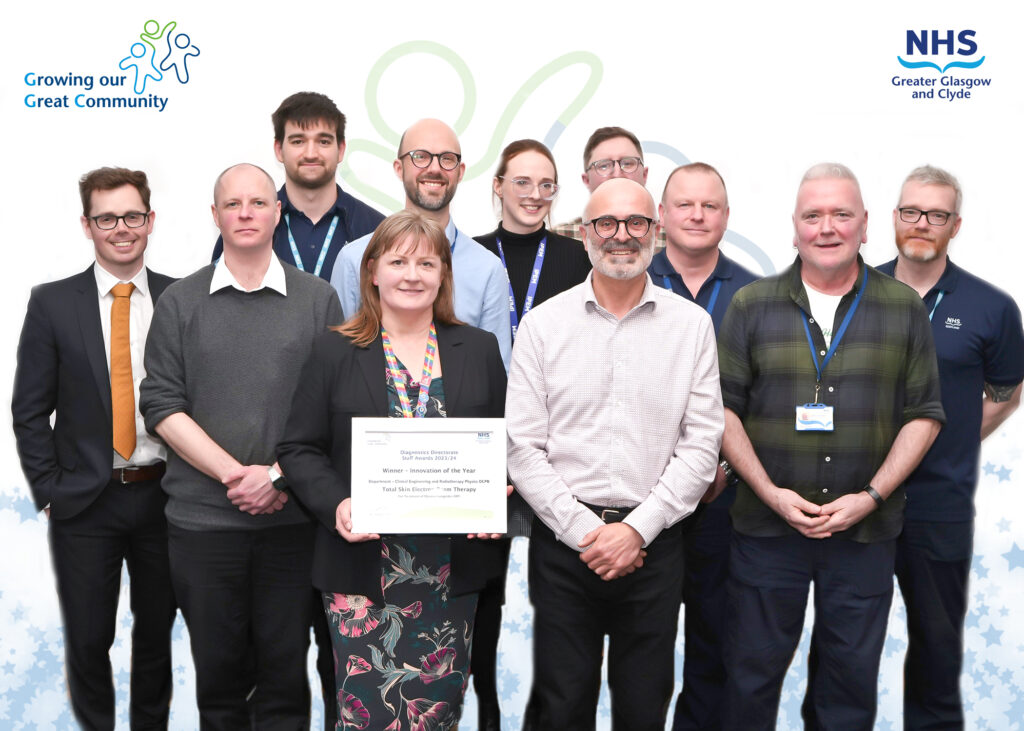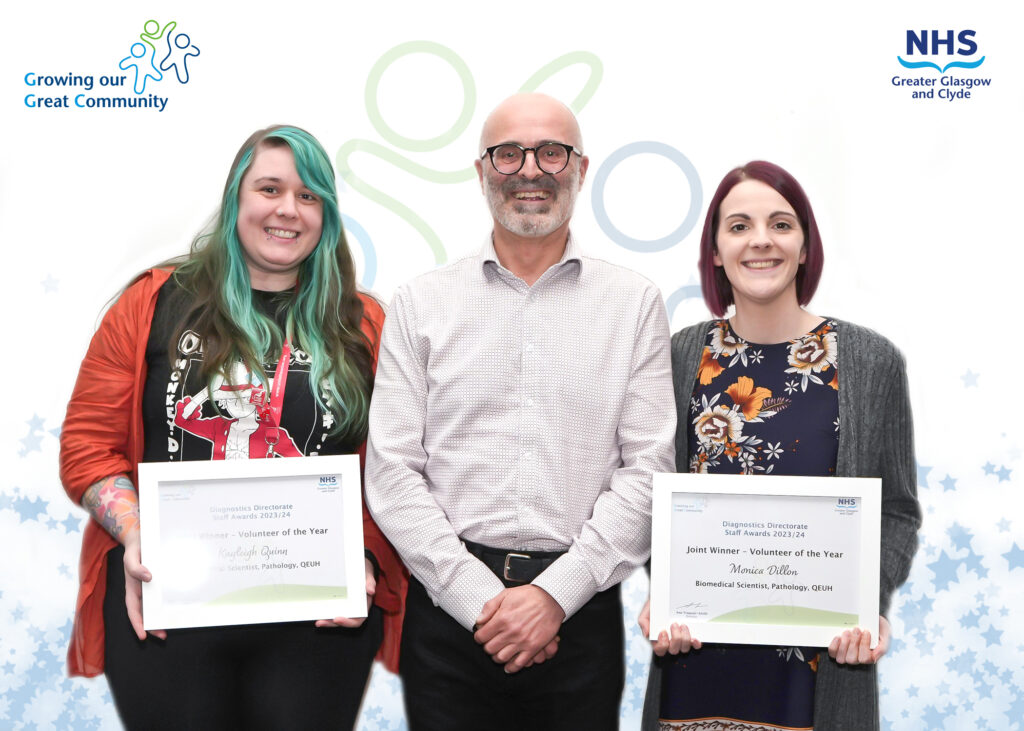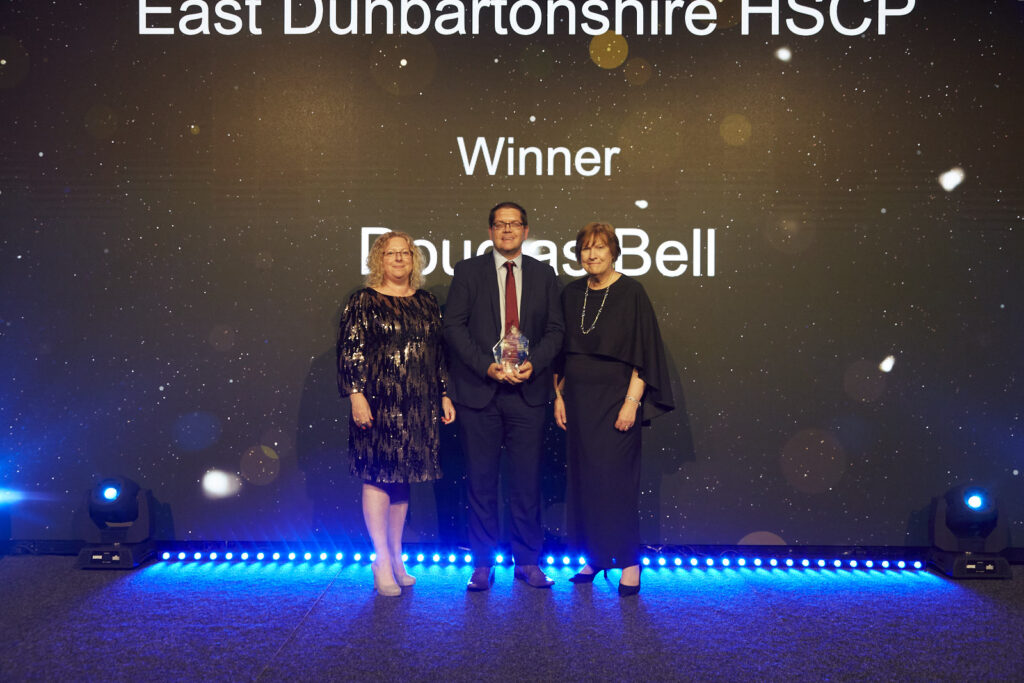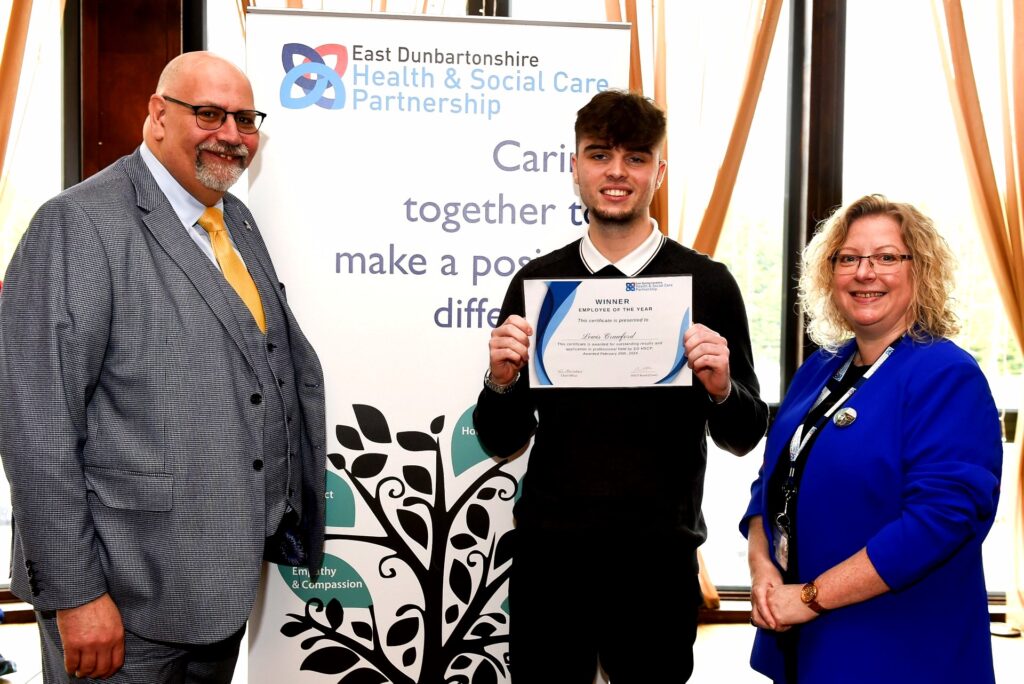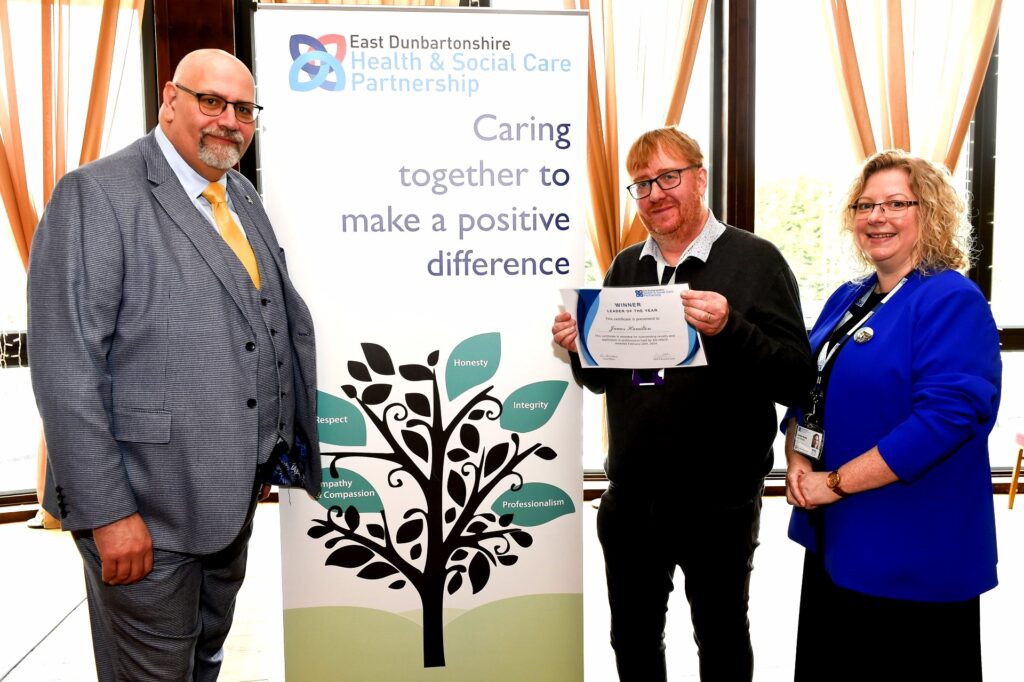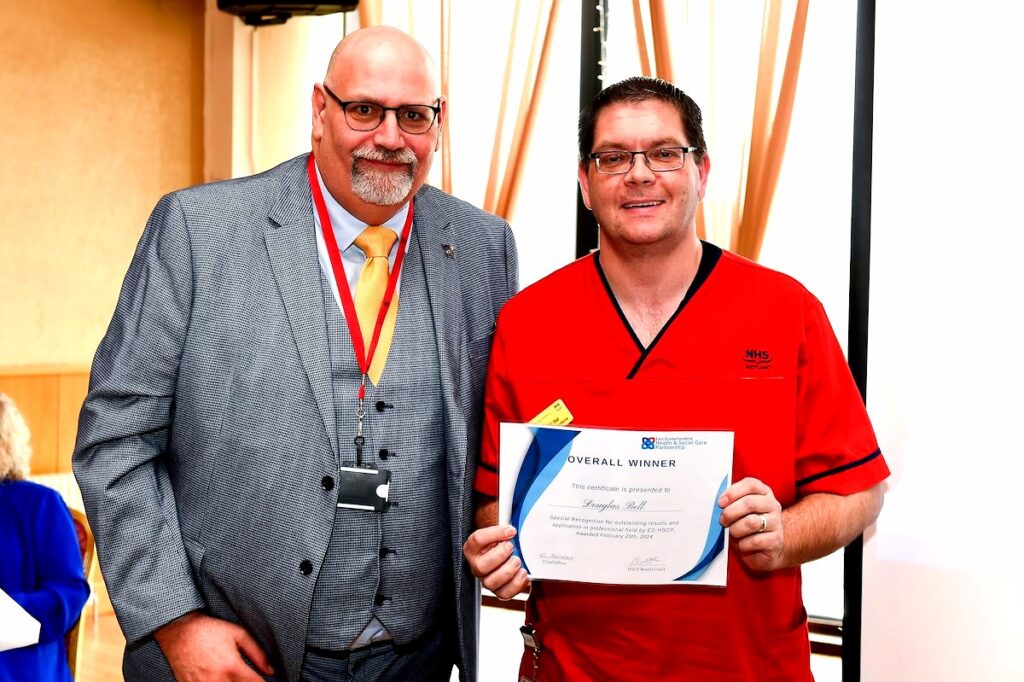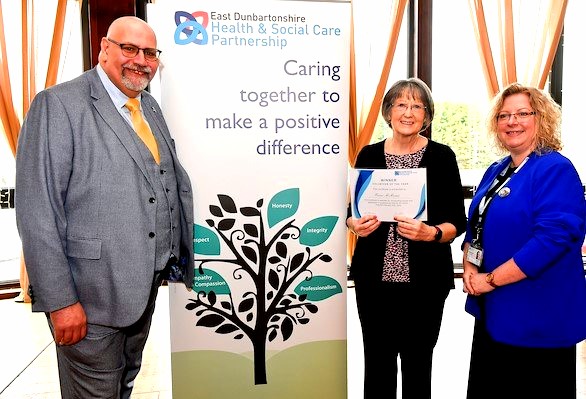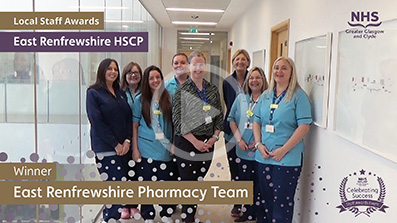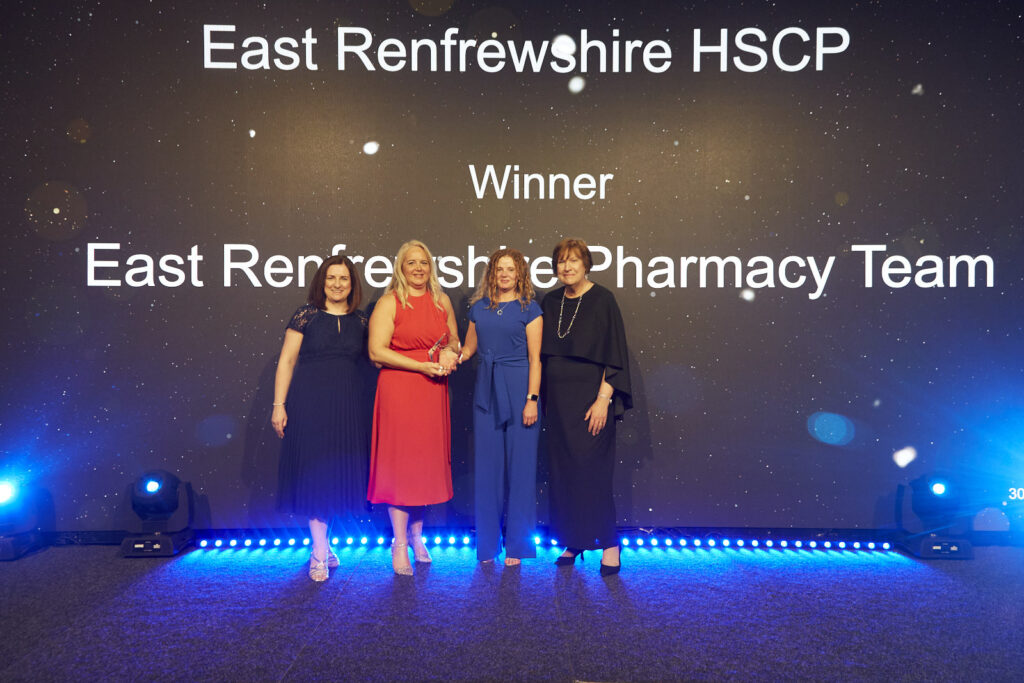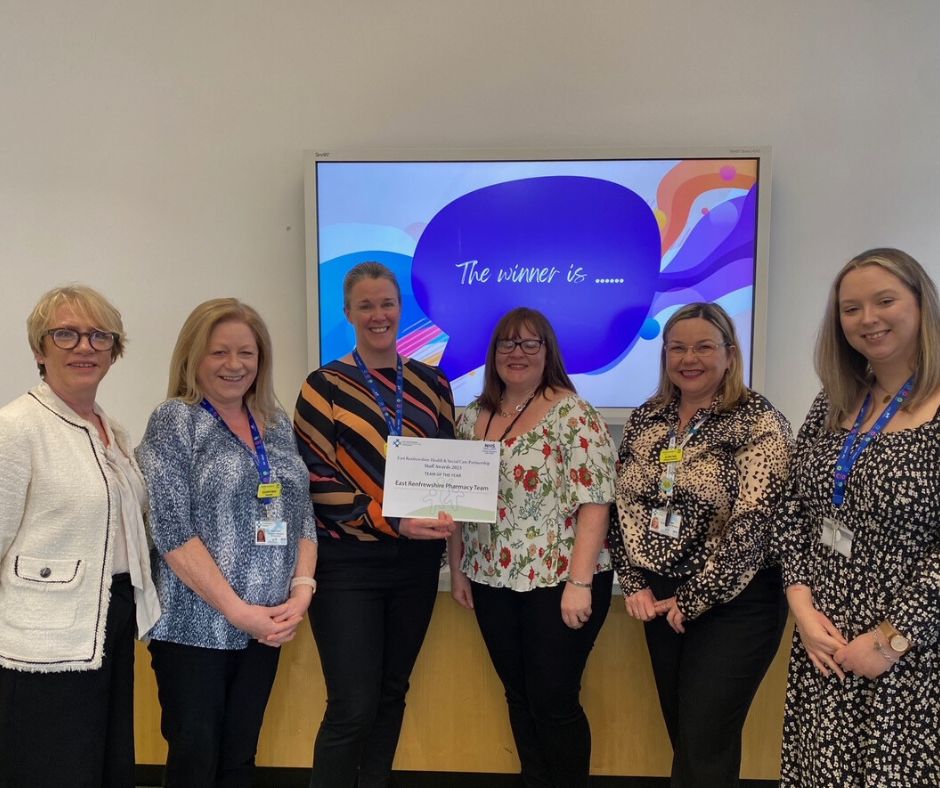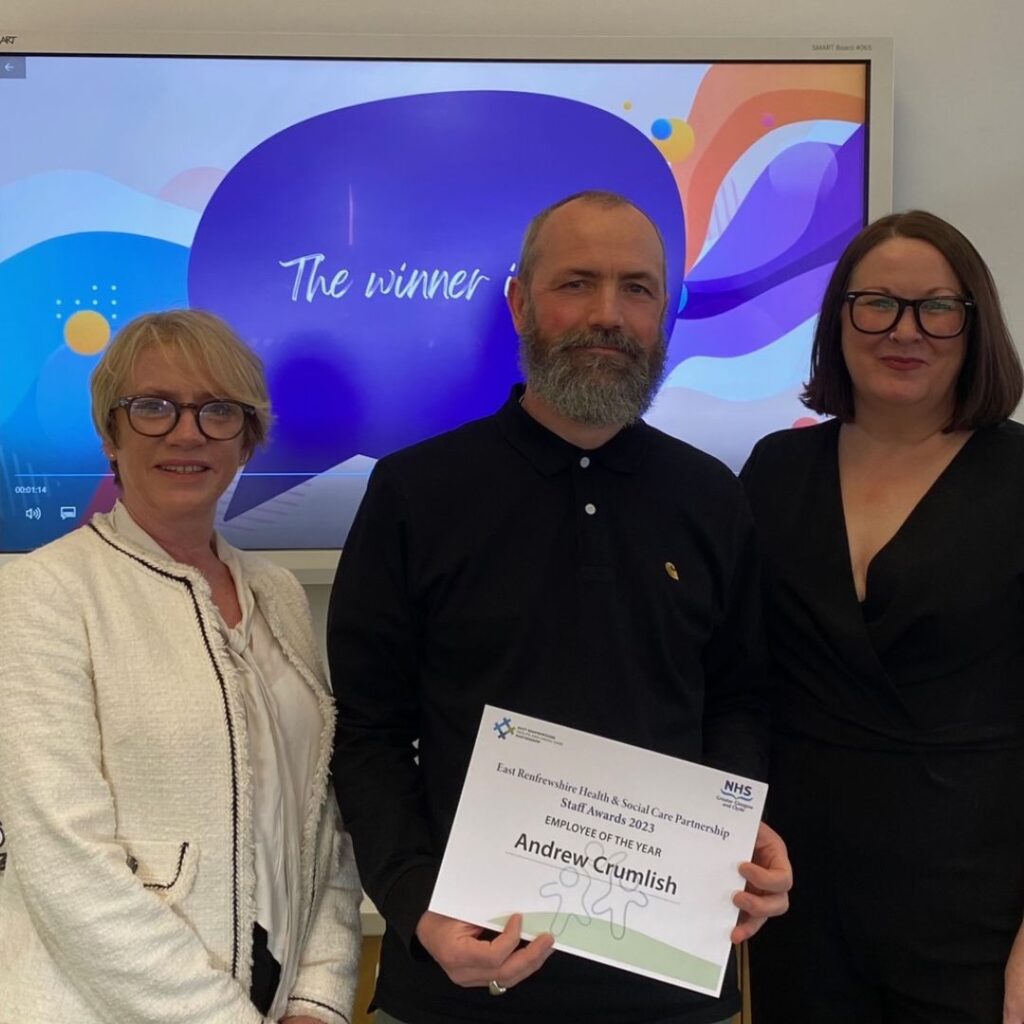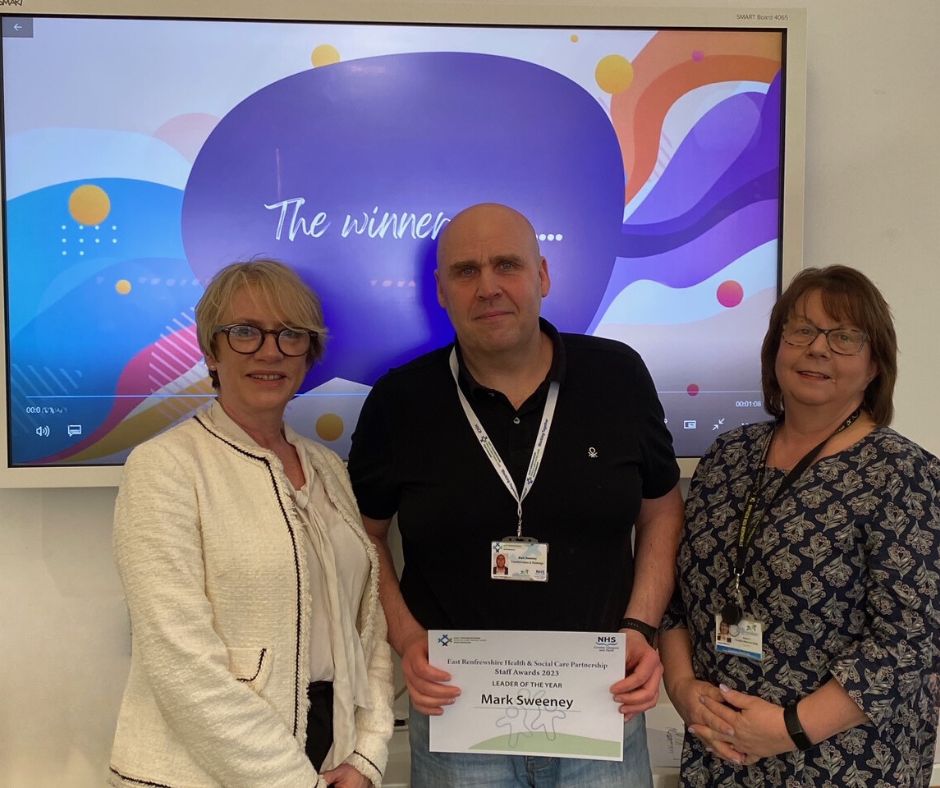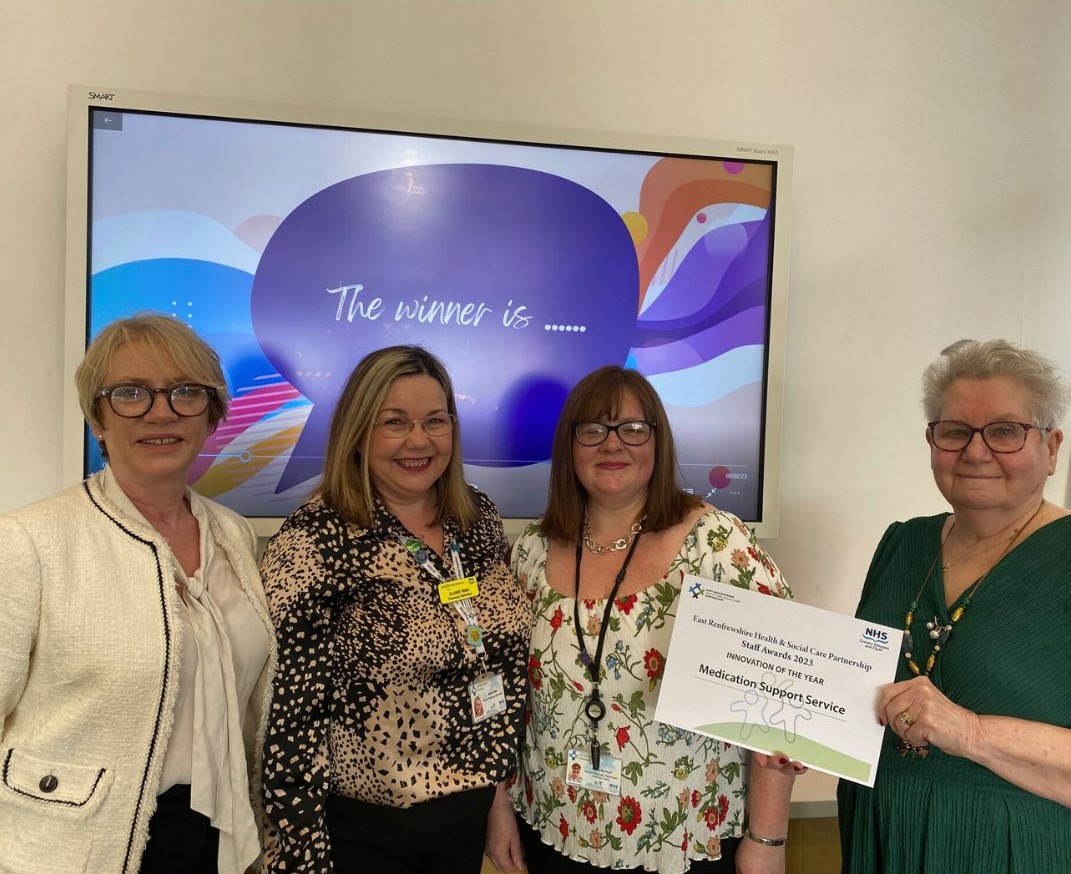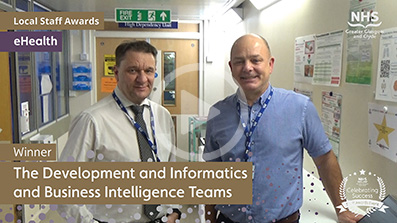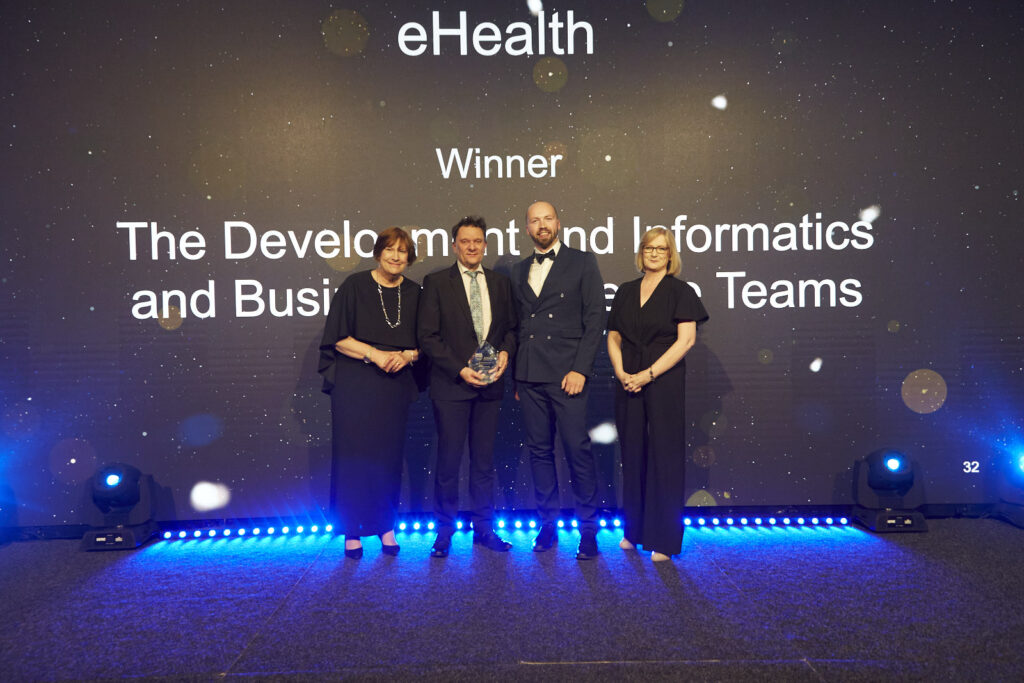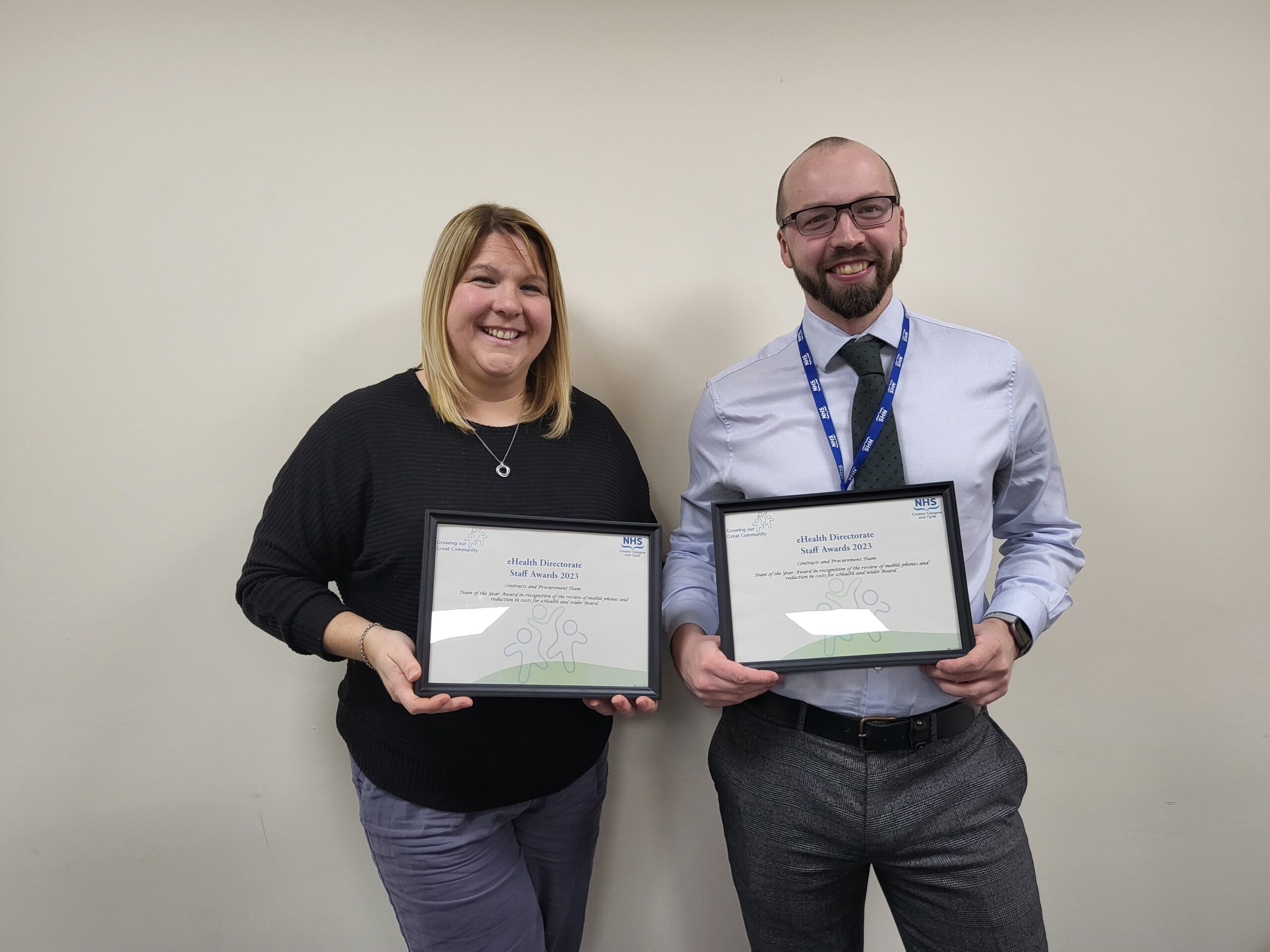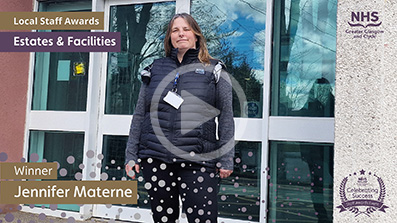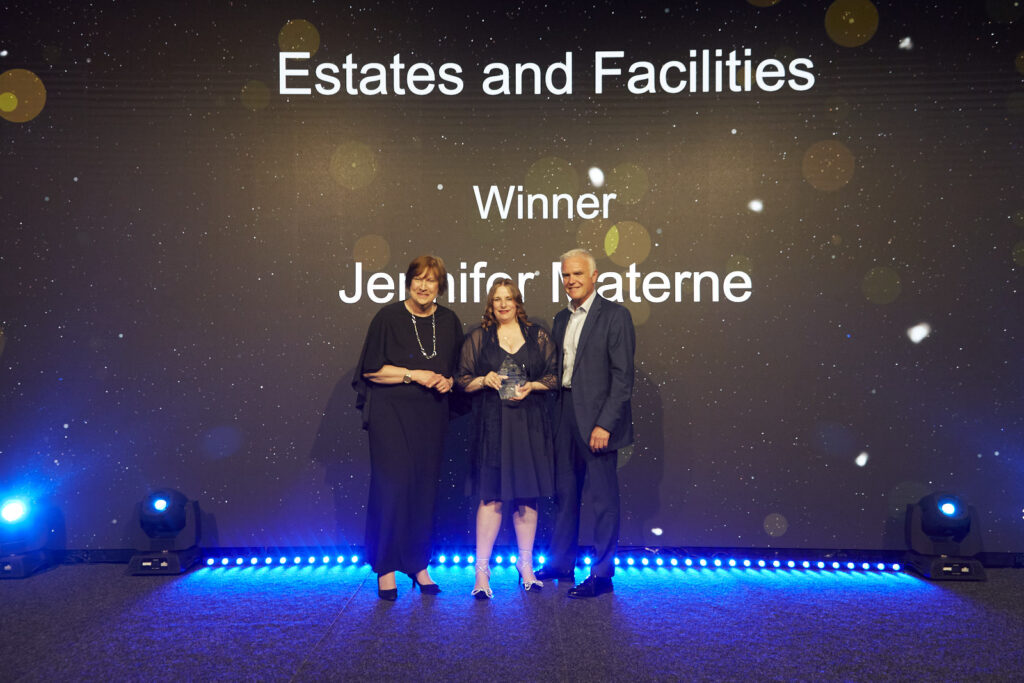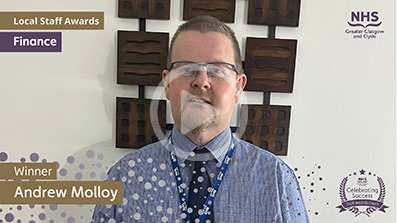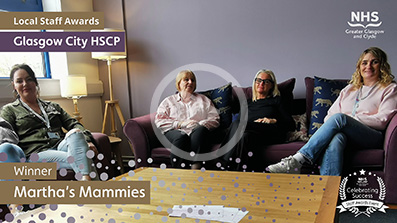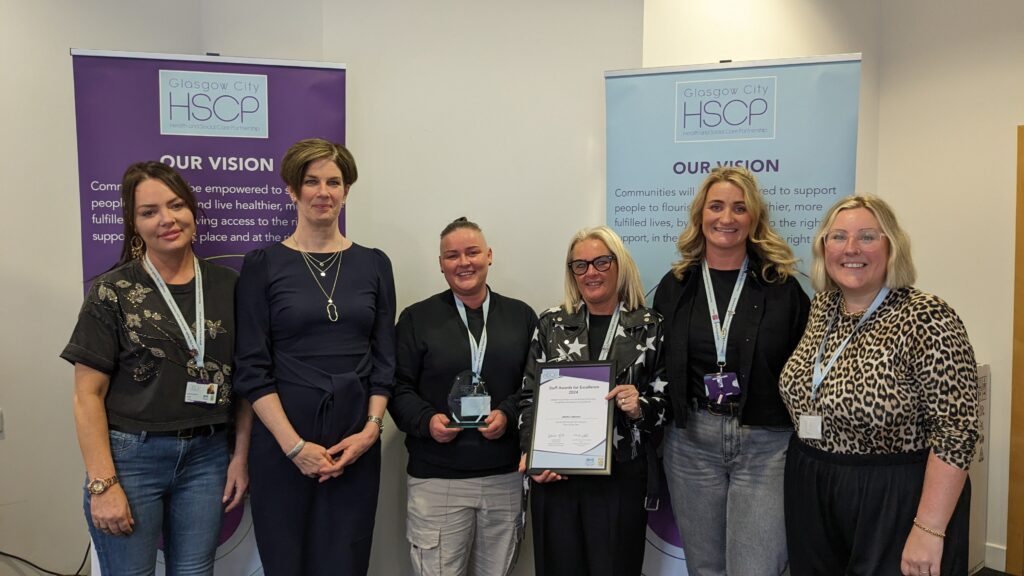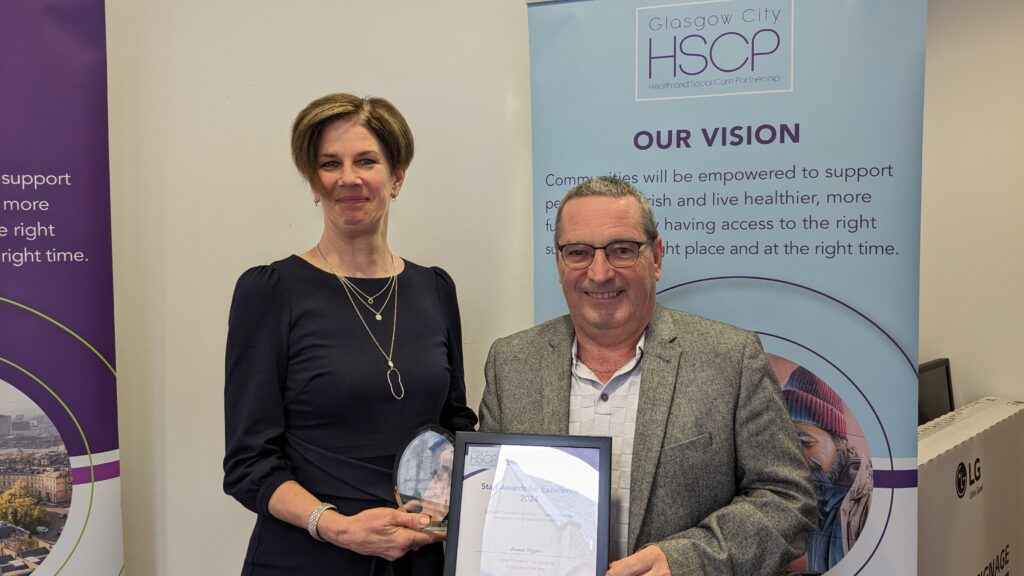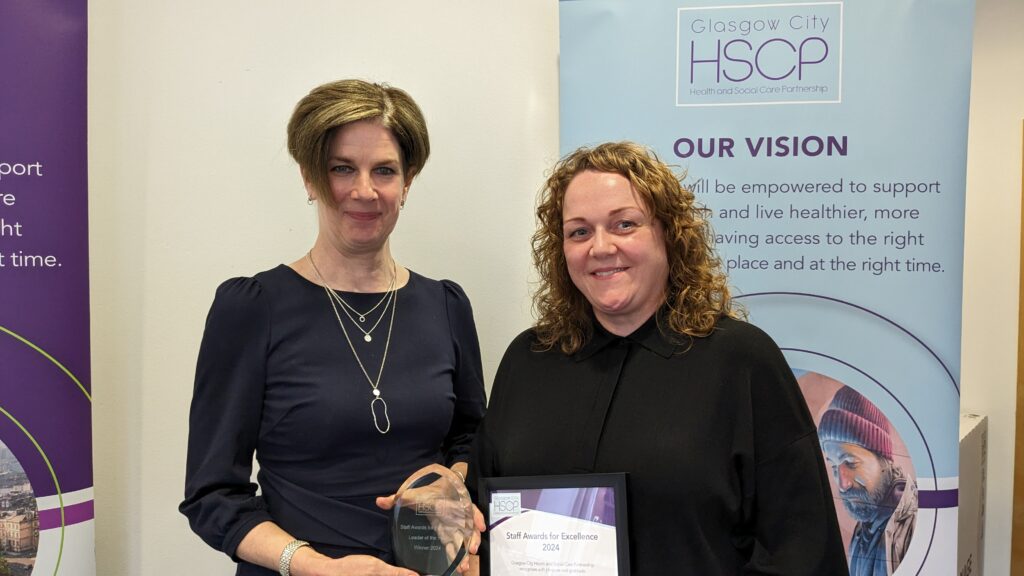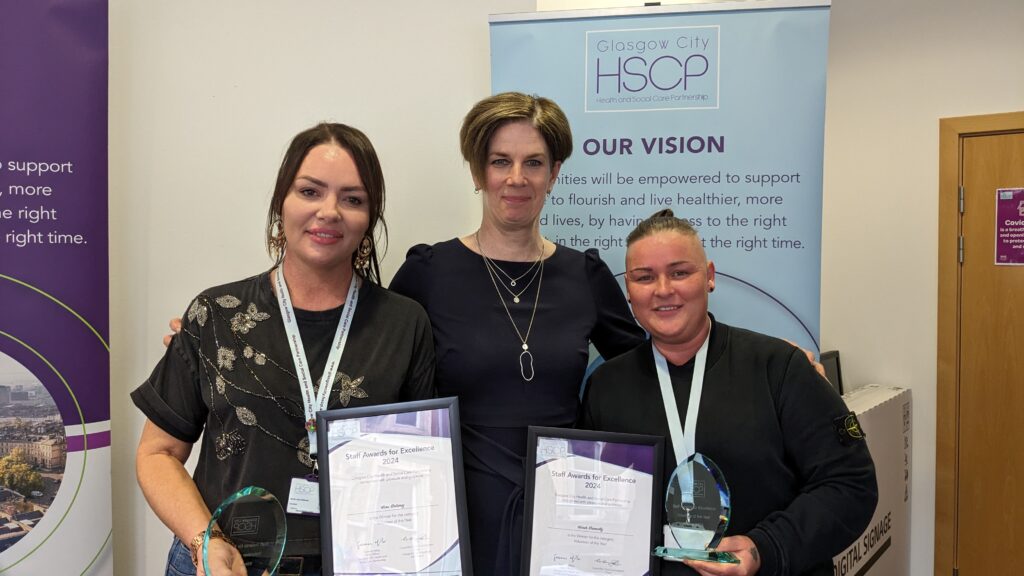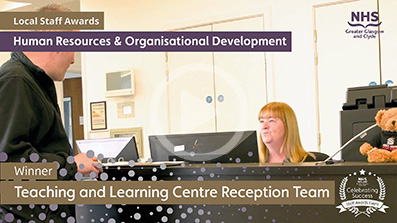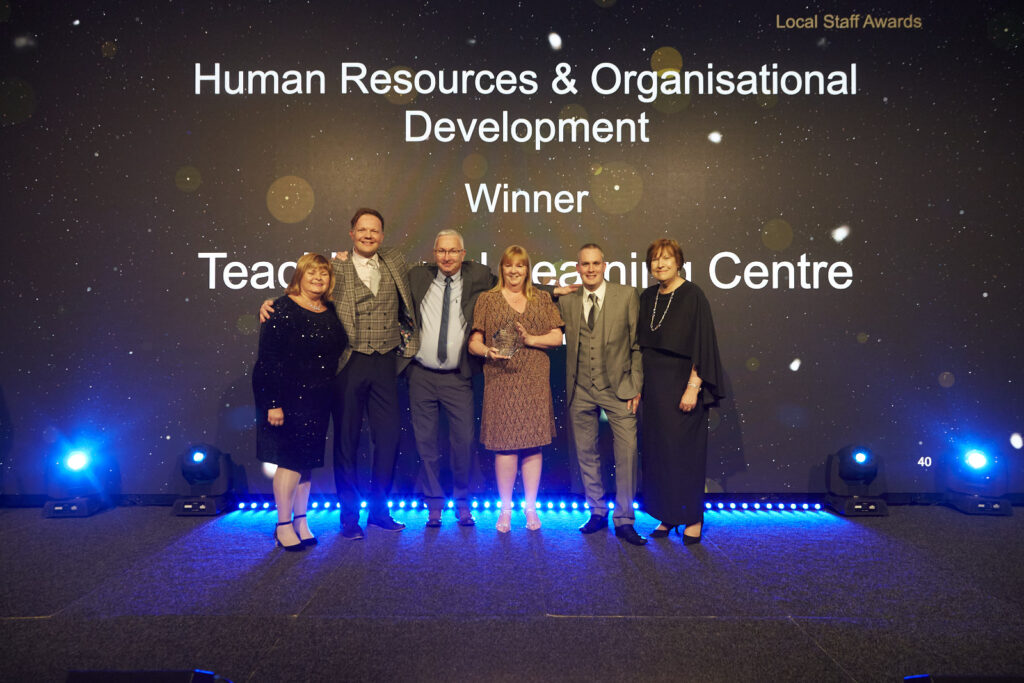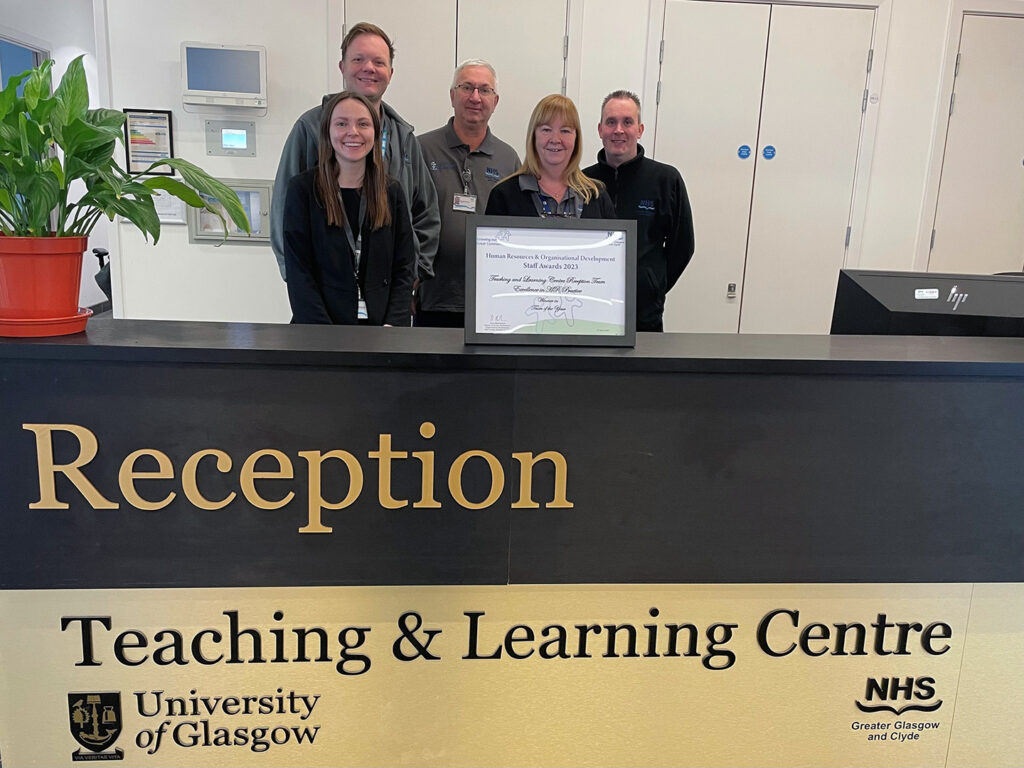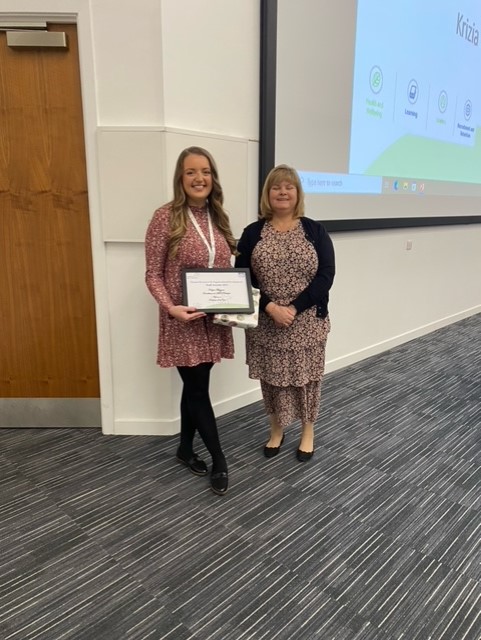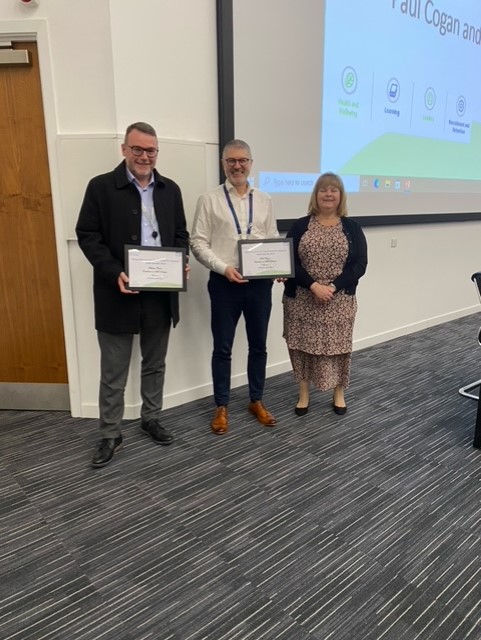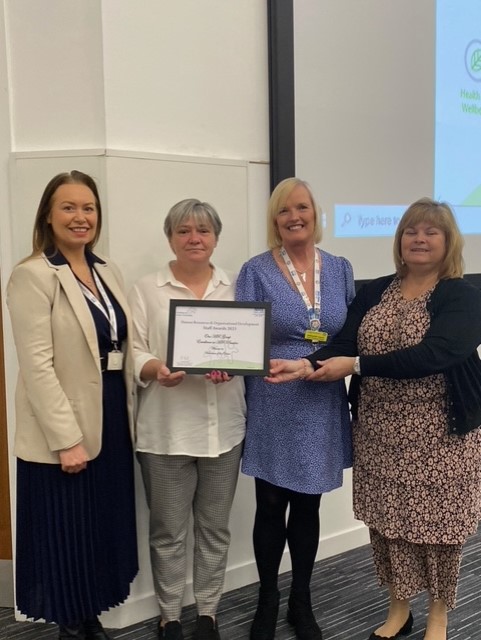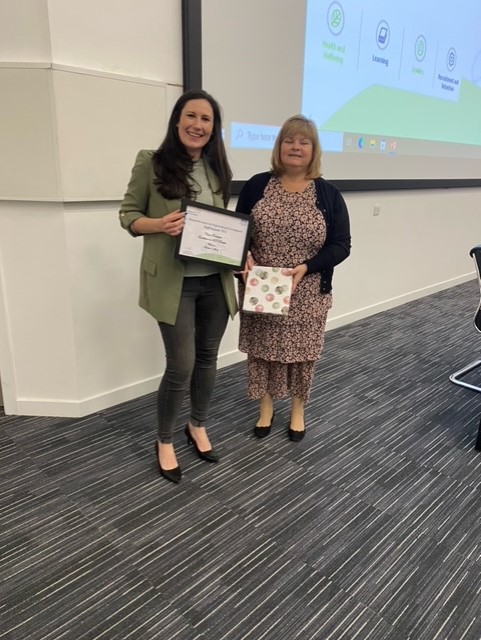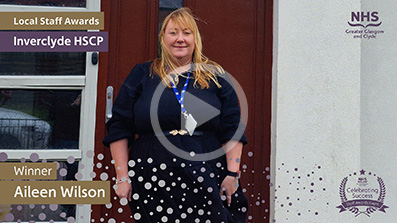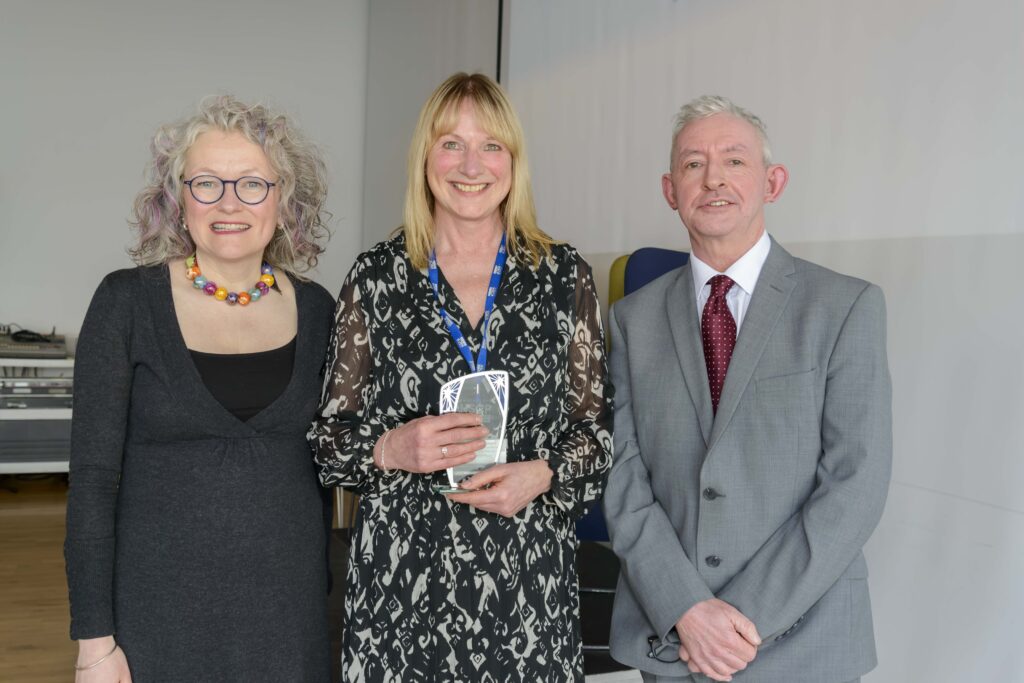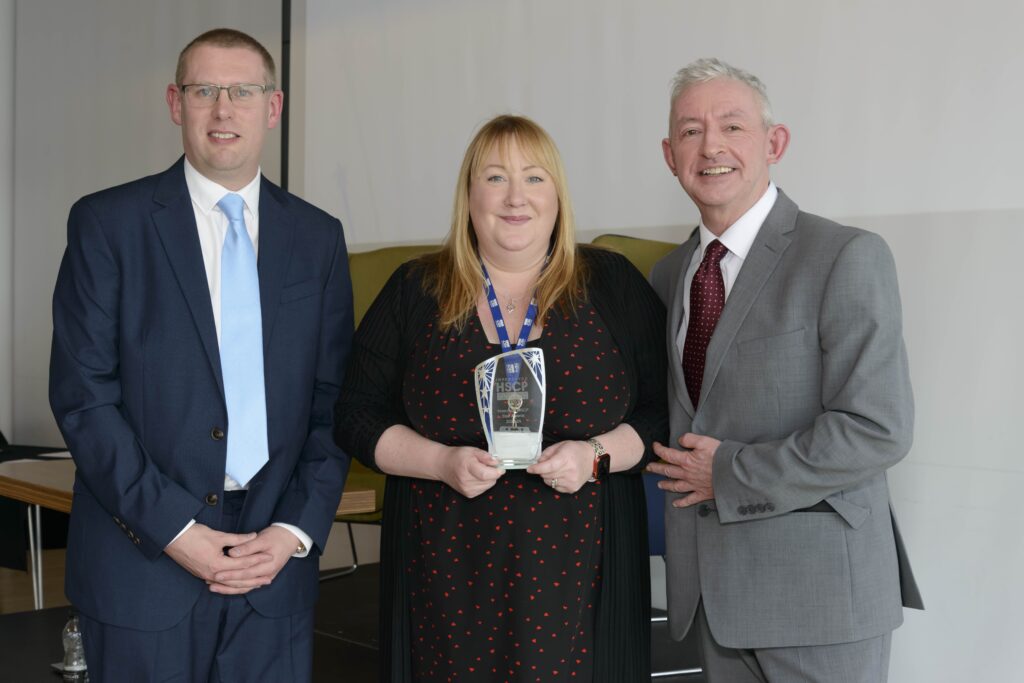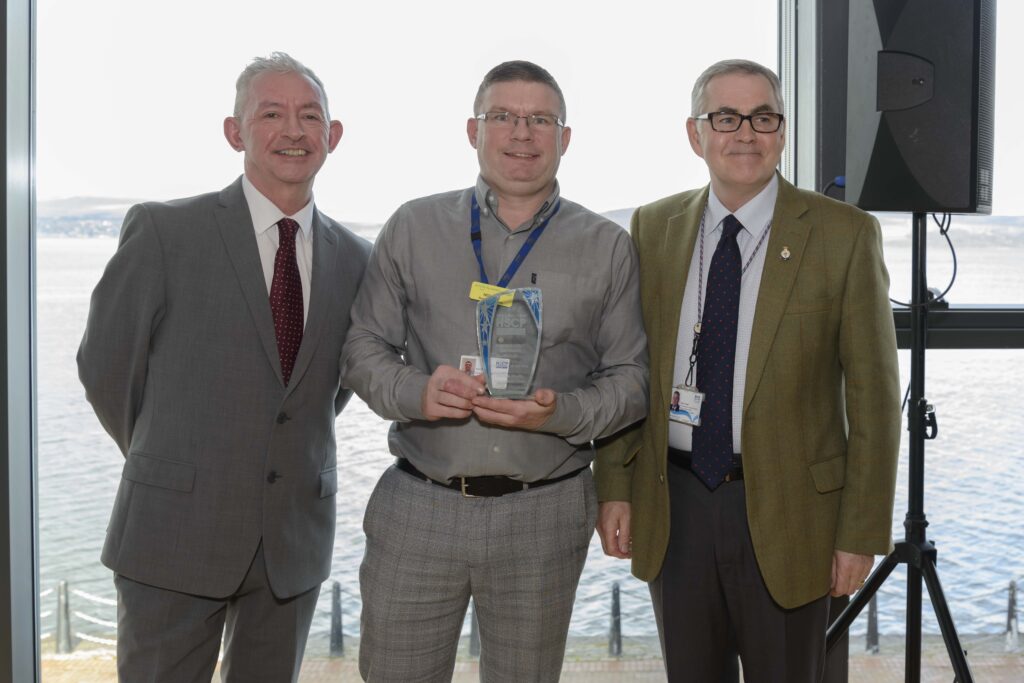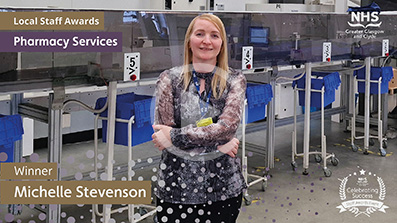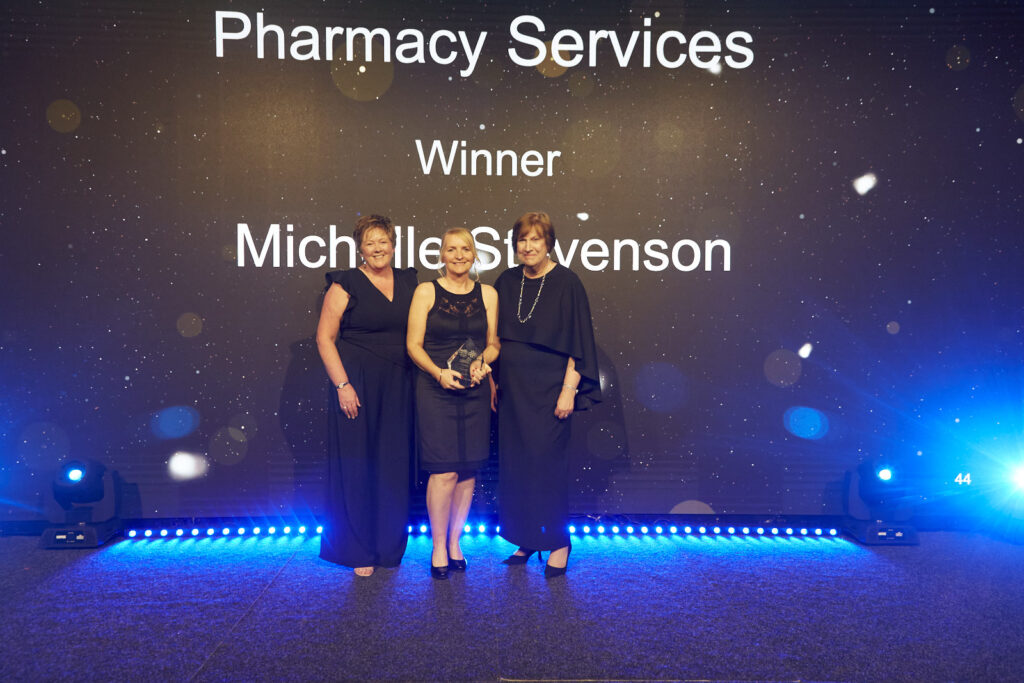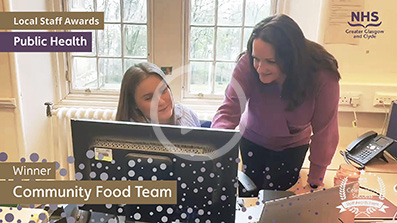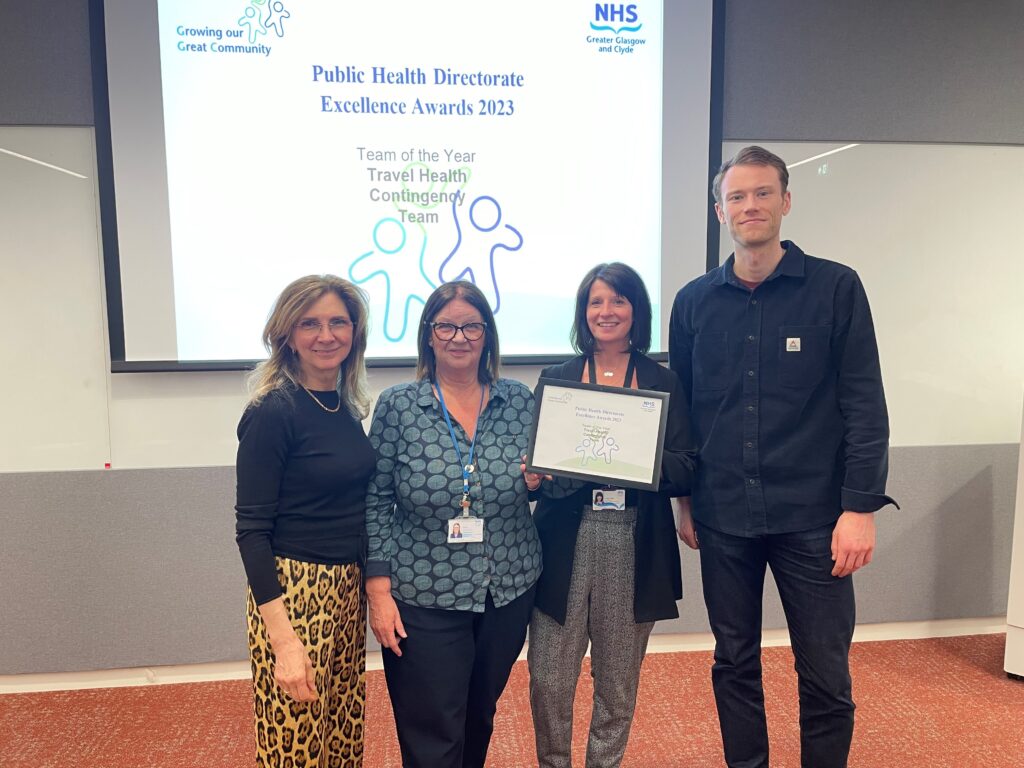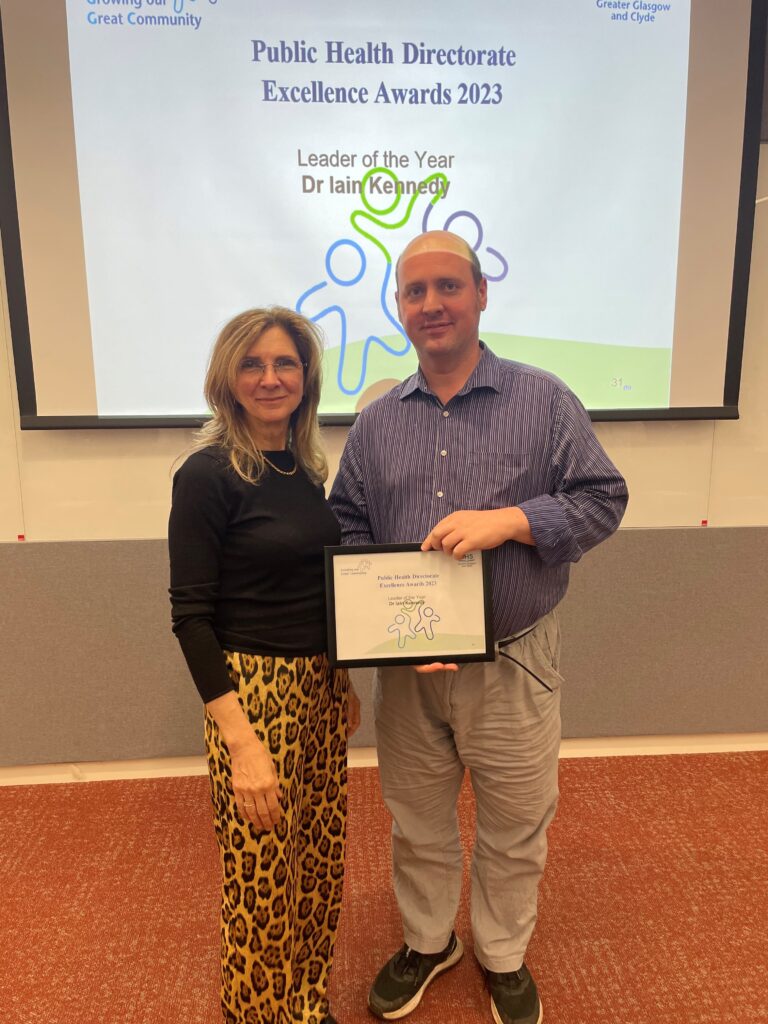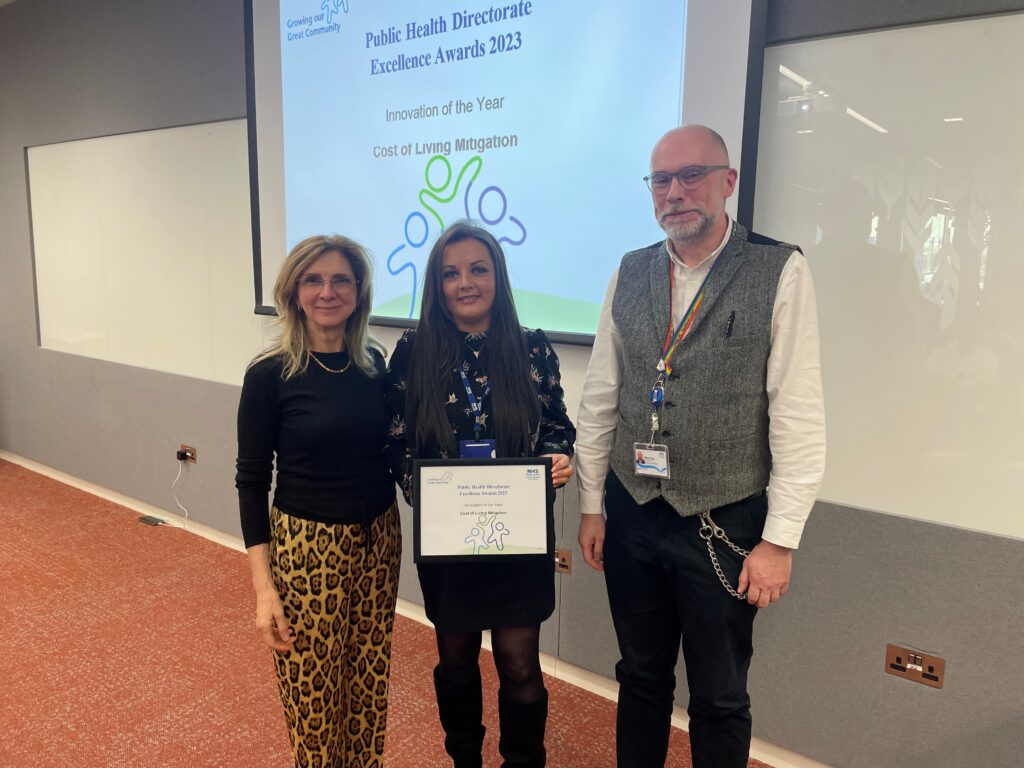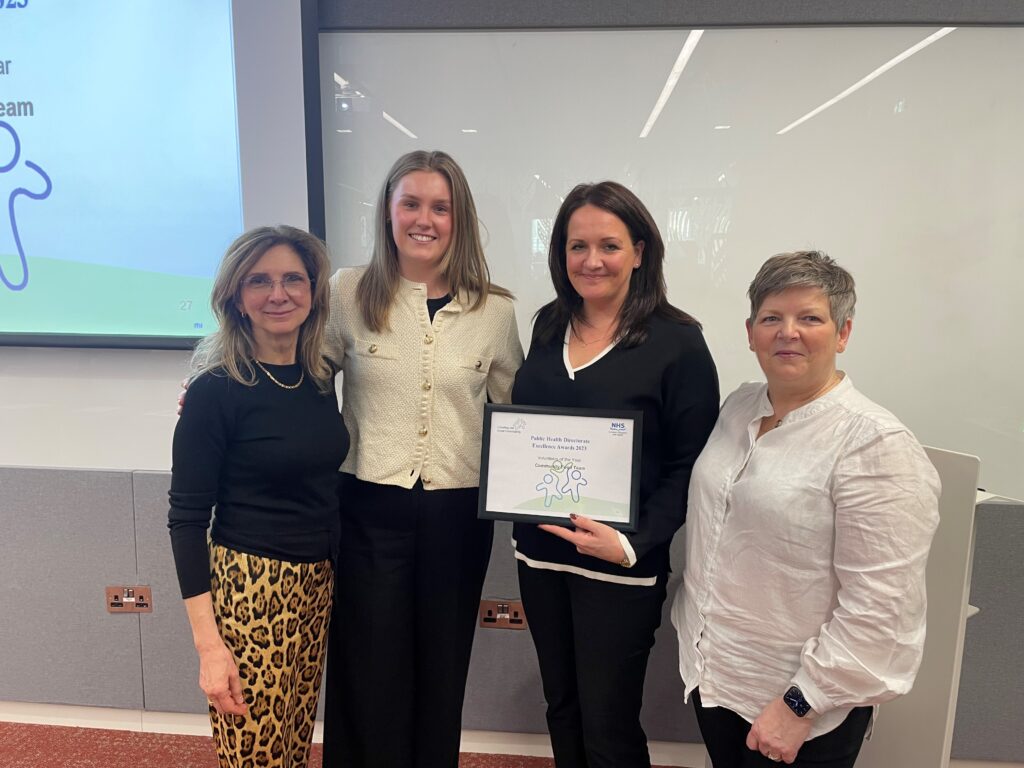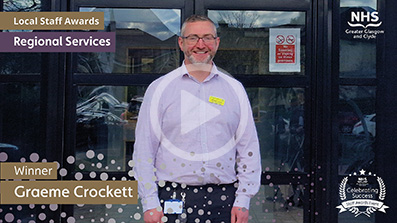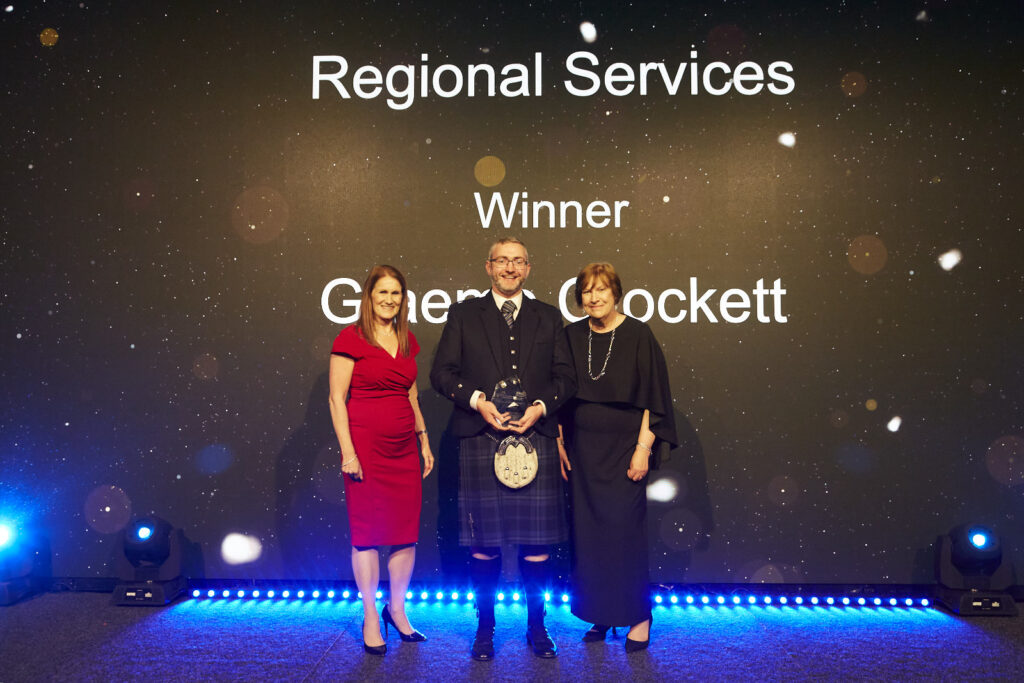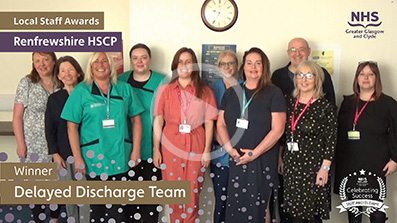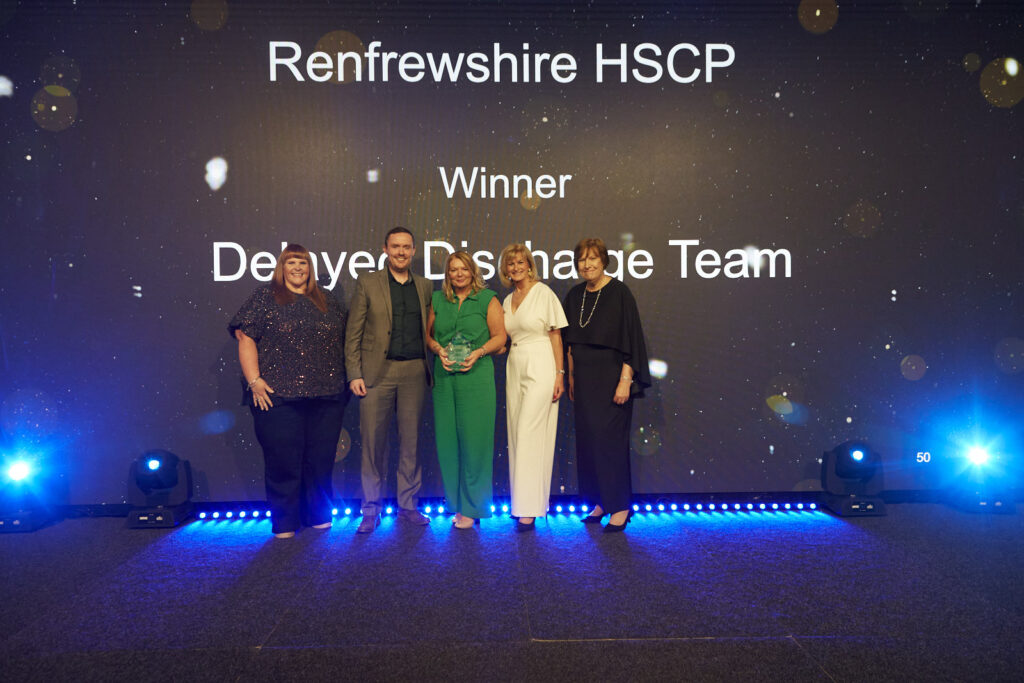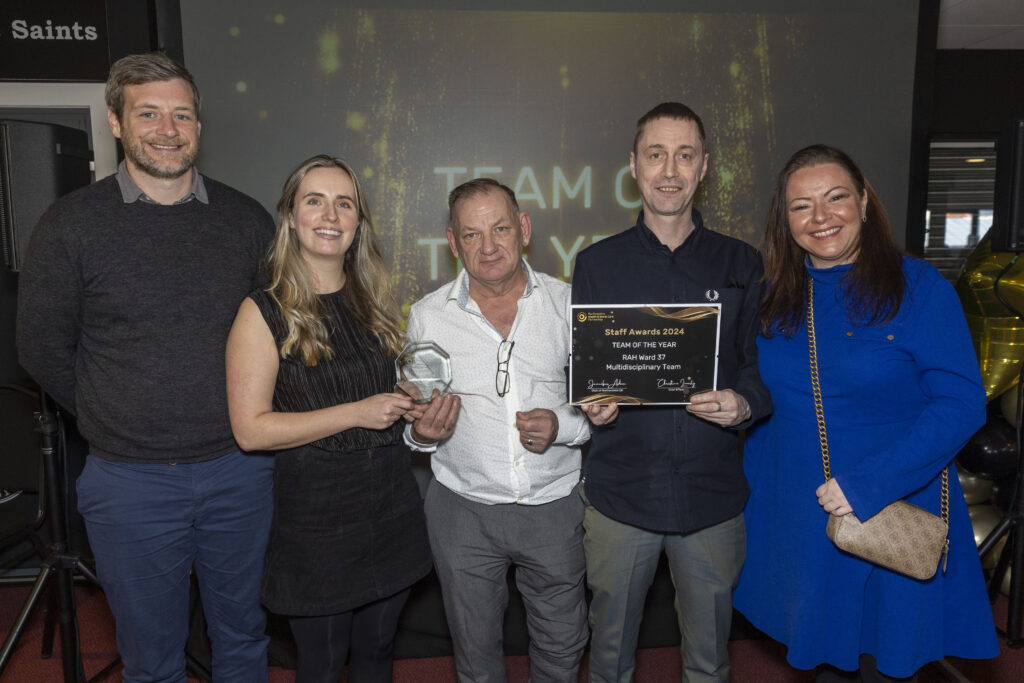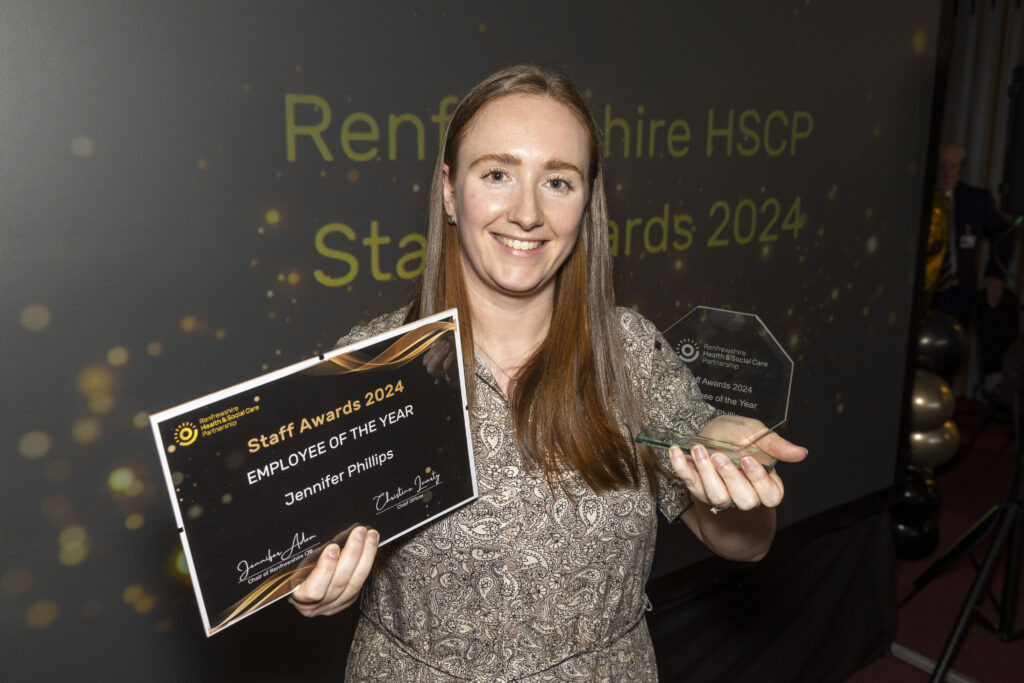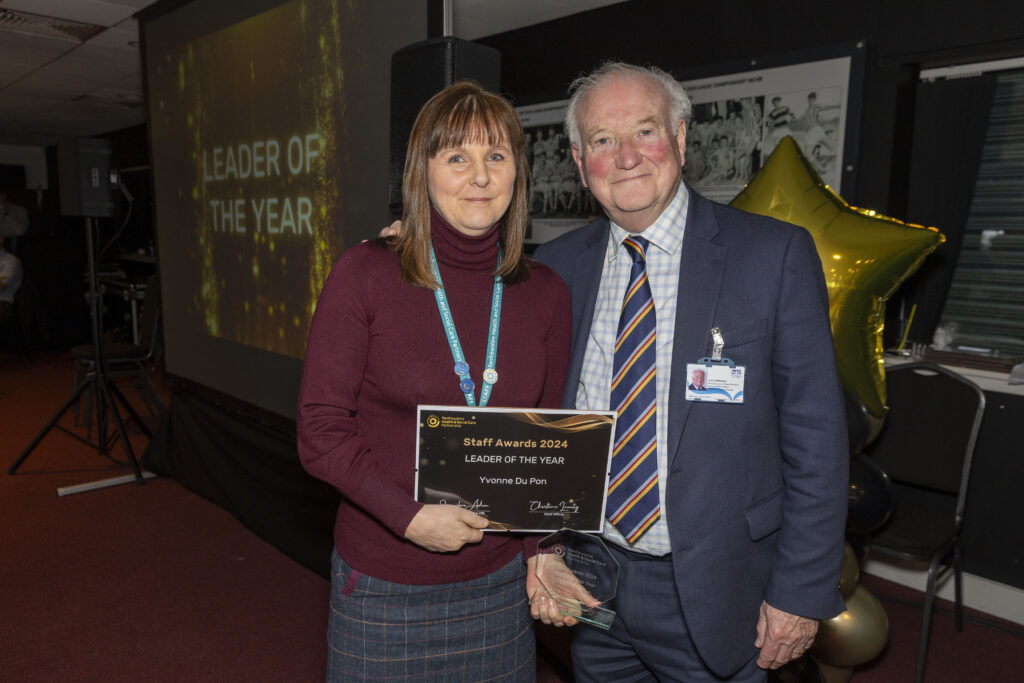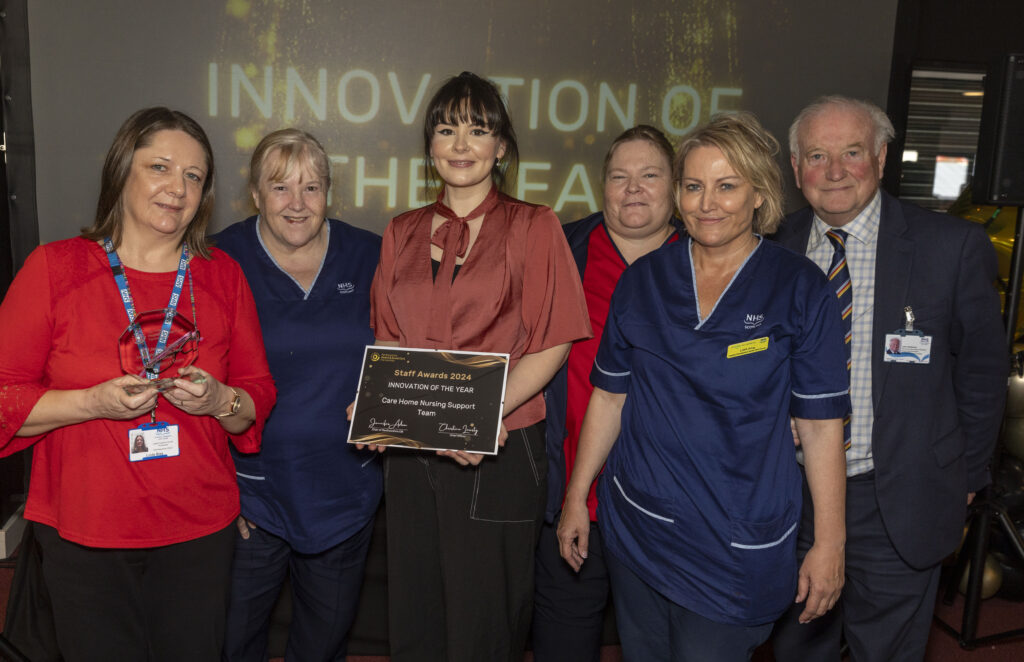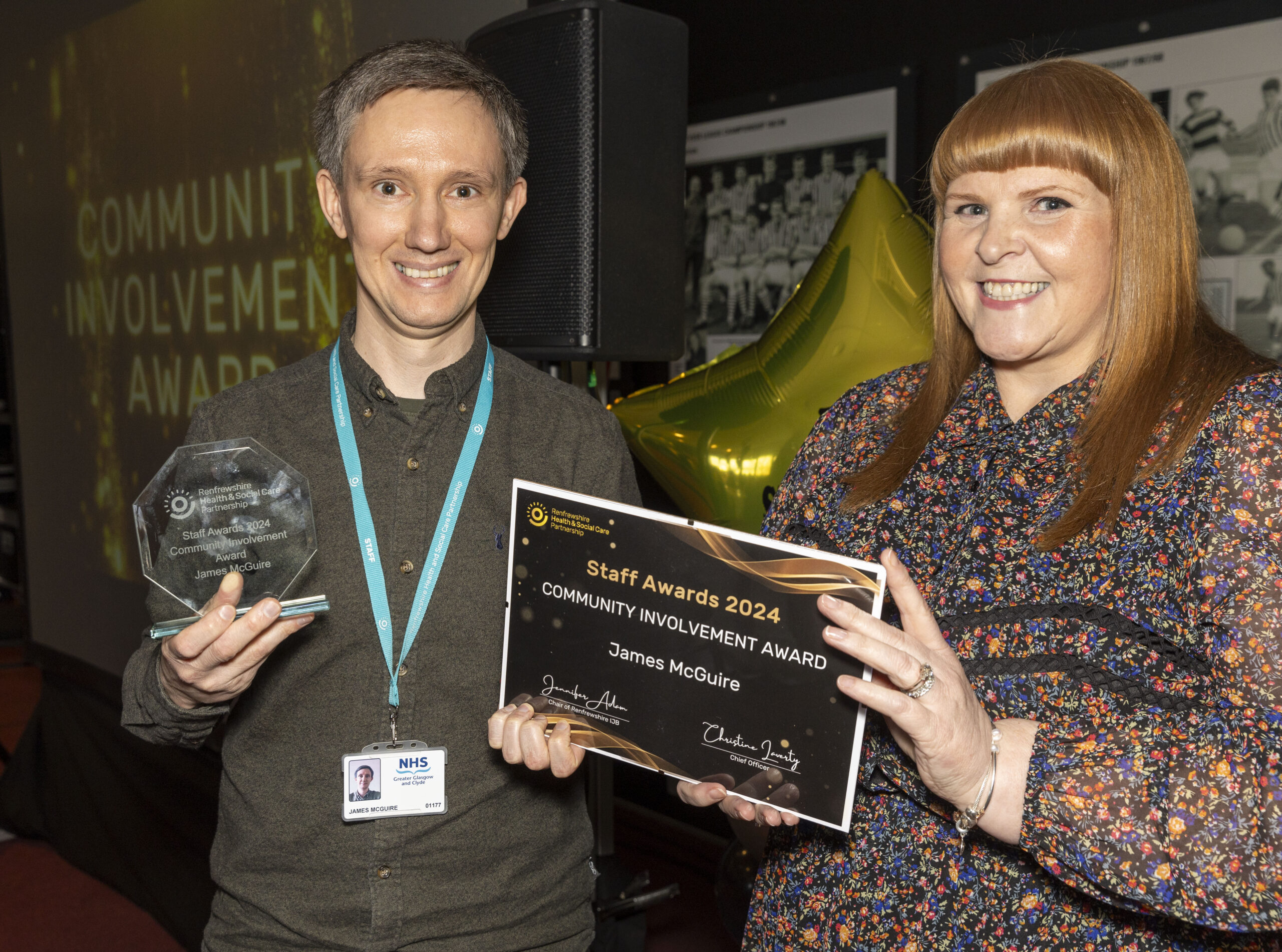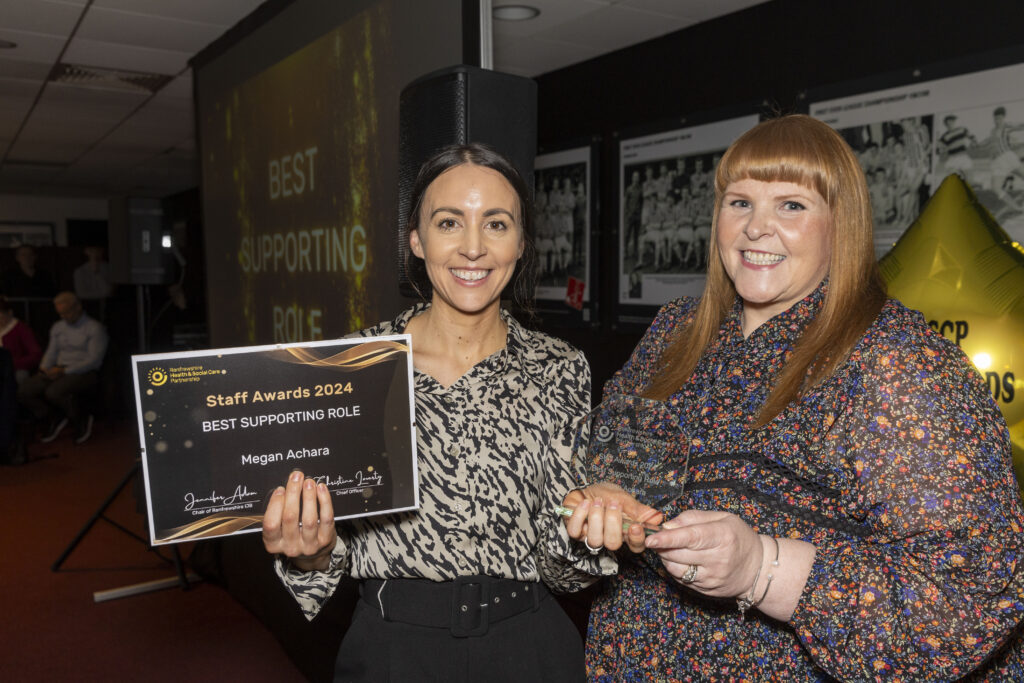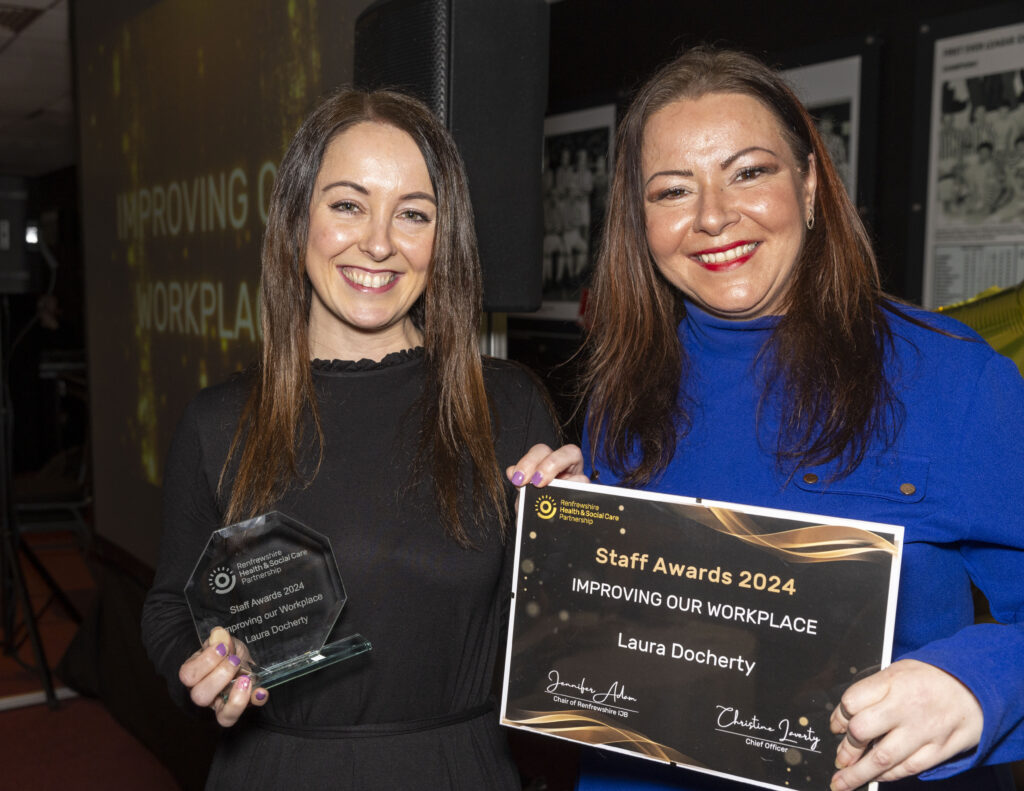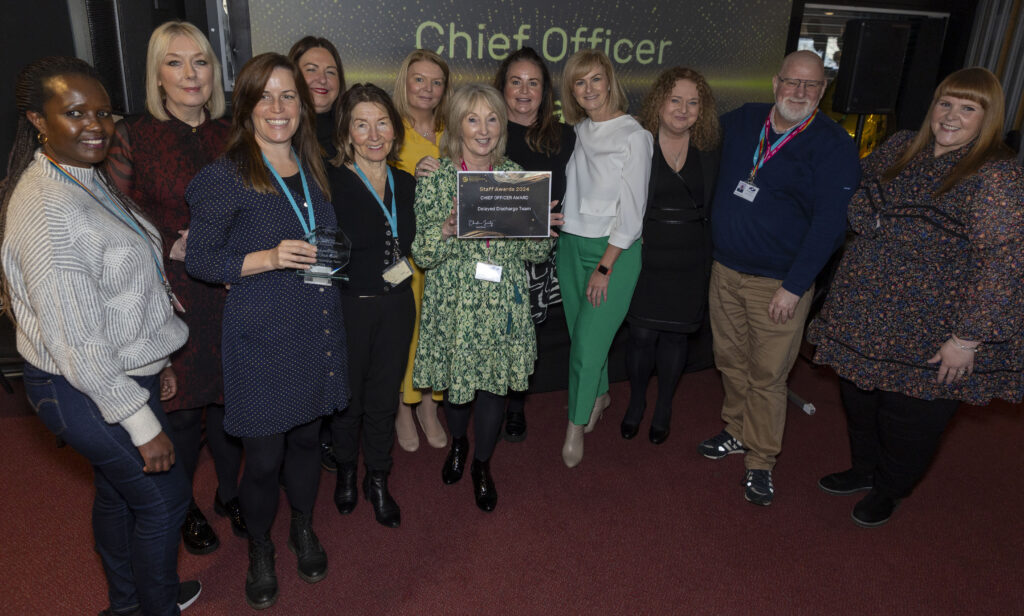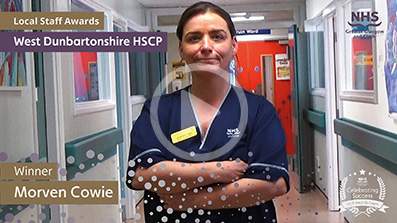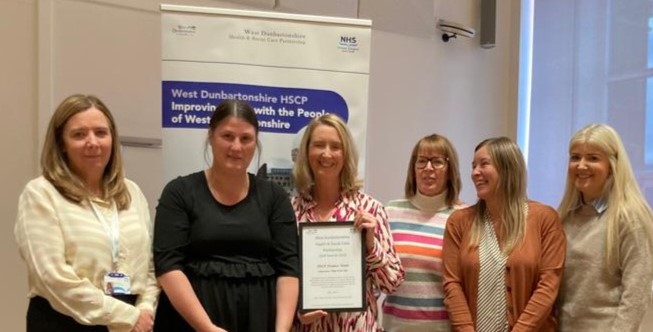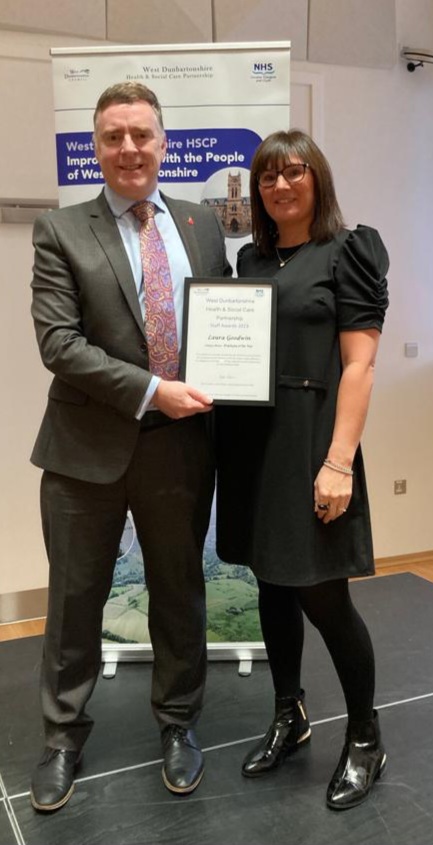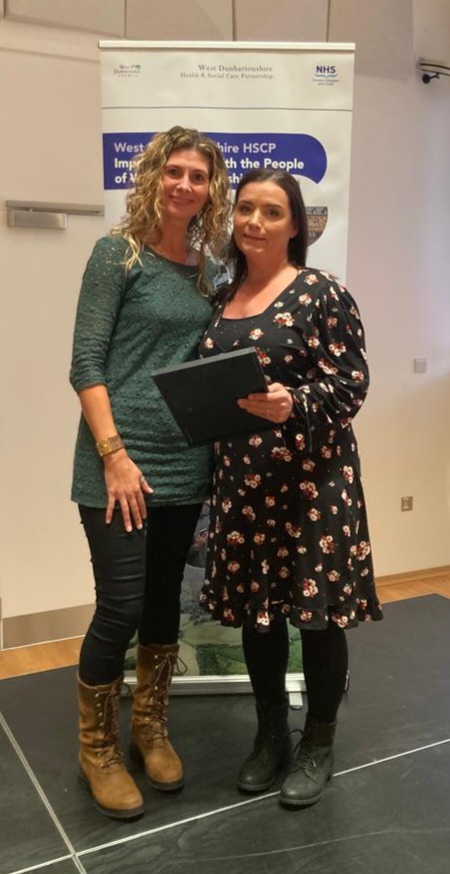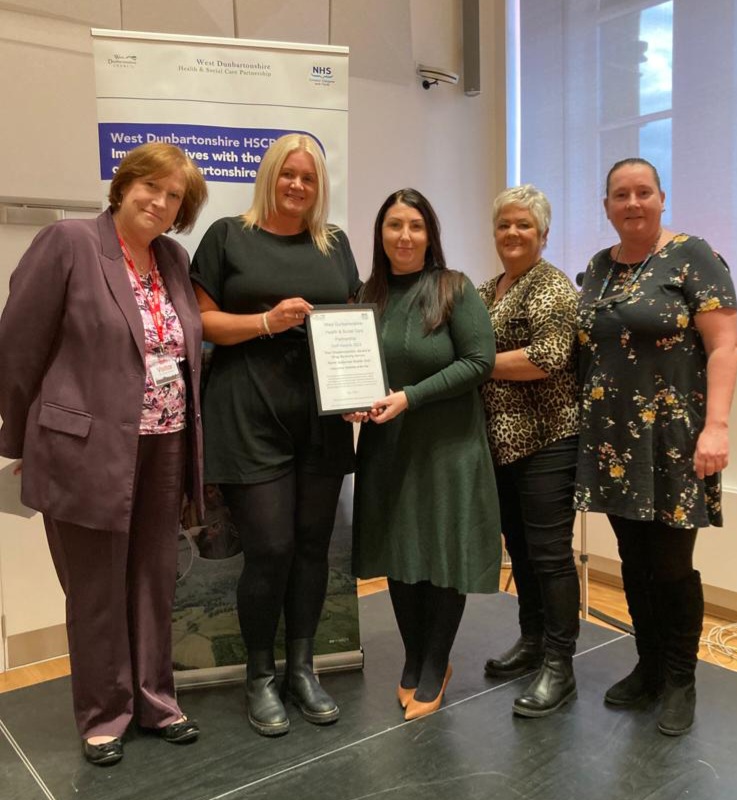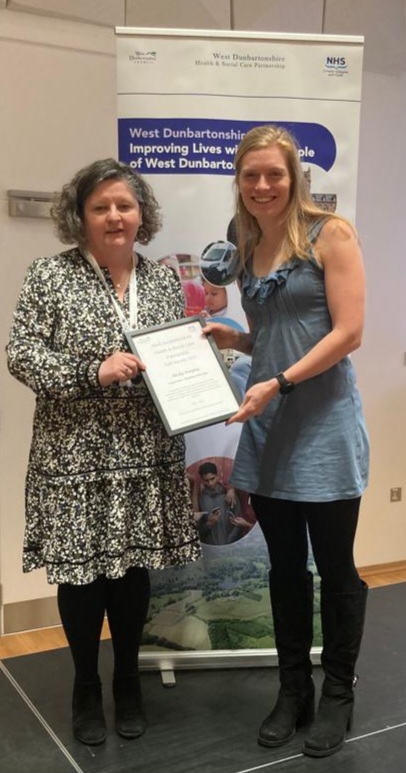The electronic Employee Support System (eESS) was introduced in 2018 meaning a fundamental change to working practices, with the introduction of the Manager Self Service function.
All Line Managers (Band 6 or above) will have access to eESS Manager Self Service and will be responsible for approving/declining any requests submitted by employees. Line Managers will also be able to process payroll transactions for staff for changes in employment.
eESS Managers – Going on leave?
- If you are going on leave and want to nominate a colleague to manage transactions in your absence you can set this up in Vacation Rules on your home screen (see SOP238 for further details). Please ensure you nominate a colleague in adherence with your Board’s policies and Standing Financial Instructions (e.g. in some Boards this may be a minimum of Band 7 and within the same business unit).
- If you want to grant another user access to manage your Worklist in your absence (see SOP239 for further details). This functionality is used to give another eESS user access to your Worklist. The user can manage your Worklist on your behalf
Fixed Term Contract extensions – If an employee’s fixed term contract is to be extended, please contact the eESS Support Team via the HR Connect Portal for this to be updated on the employee’s record, confirming the new date the contract is to be extended to (together with the employee Name and eESS ID)
Change of Contract Details – If an employee’s contracted hours or contract type is changing, ie. fixed term to permanent, please contact the eESS Support Team via the HR Connect Portal for this to be updated on the employee’s record, confirming the date the contract is changing (together with the employee Name and eESS ID)
Managers should also contact Payroll Officer for any changes being put through that have an impact on salary ( i.e. increasing/decreasing hours/band/terminations/annex 21 etc.) to save any under/over-payments being made
The eESS Manager Self Service section below shows some other examples of what Managers can do (role dependent):
Manager Self Service
- You can Approve, Reject, Return for Correction or Re-assign the request
- This transaction will be available to the employee to view once recorded
- Update Change Cost Centre
- Used in conjunction with “Change of Position” and “Change of Location”
- The transaction can be viewed by employee once recorded
- Only complete if there is no other Change i.e. Band, position etc
- Change of Position should be used if other changes required
- Change Position
For staff transfers due to promotion or move to another department
- As per the NHS GGC Policy – the Releasing Manager is responsible for completing the staff transfer transaction on eESS
- Maternity Leave
- Security Pass. Parking Permit, IT hardware, phones, keys, uniforms etc
- Complete after each episode of absence
Terminating an Employee
It is important that you complete the appropriate eESS transaction as soon as you become aware that a staff member is leaving (for example, when you are given notice of their plan to leave). This ensures the staff member is terminated on the correct date and that there are no salary overpayments.
If employee has only one position please refer to SOP – Termination (where only one post)
Where the employee has more than 1 position within the Organisation, please refer to SOP – Termination (multiple assignments).
For ease, please select Assignment Termination Step by Step Guide for detailed process.
- Assignment Number, start date. Job, Band etc
- Adoption Leave
- Maternity Leave
- Paternity Leave
Step-by-Step Guides
A number of step-by-step guides have been drafted to guide managers through some of the main transactions that require to be completed by eESS:
Proxy Users
In line with local arrangements there may be requirements to setup Proxy Users across NHS Greater Glasgow and Clyde (NHSGGC) for Manager Self Service.
A proxy user is someone who will transact self-service functions on behalf of:
- a line manager; or
- peer employees
- via self-service-based access.
Please refer to the Proxy User Briefing document which outlines the process and details the governance rules associated with Proxy Users. The document can be found on the HR Connect Portal. Completed forms should be returned via the portal.
Useful Information
Full access to all Employee Self Service Standard Operating Procedures and is available via the eESS National Webiste
